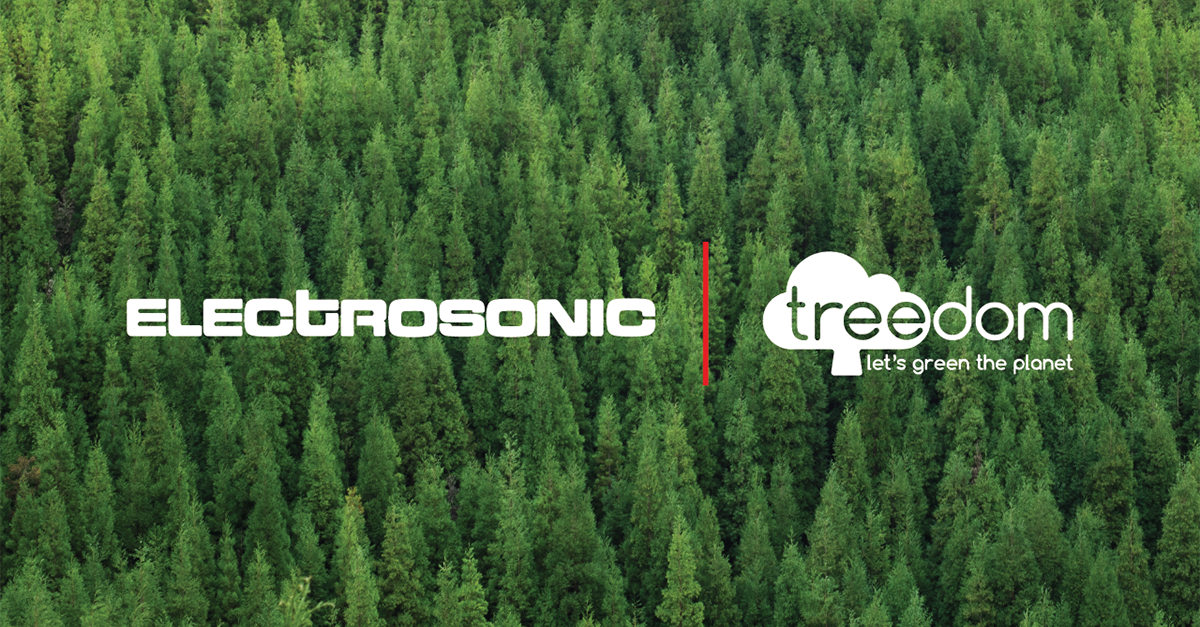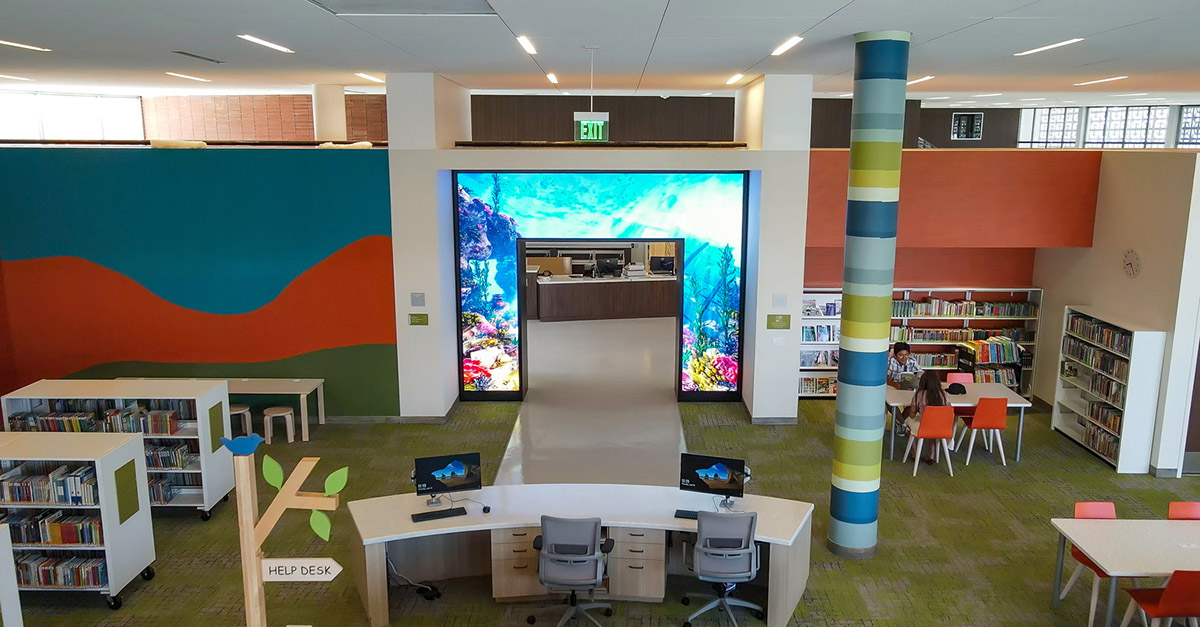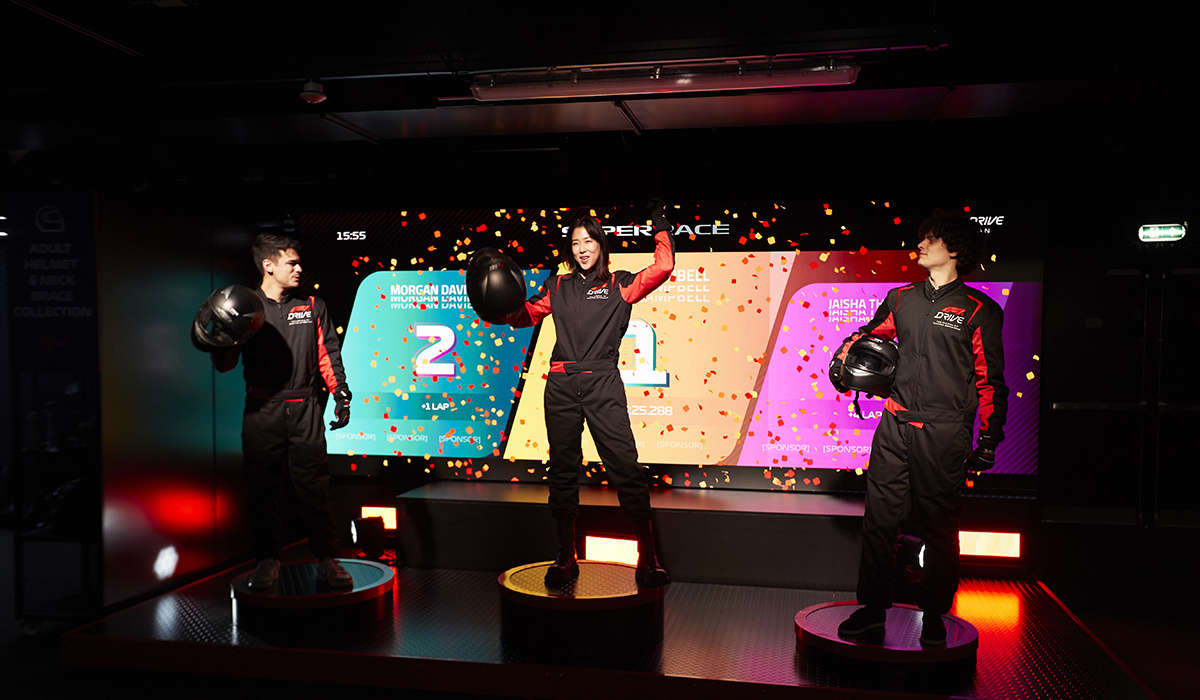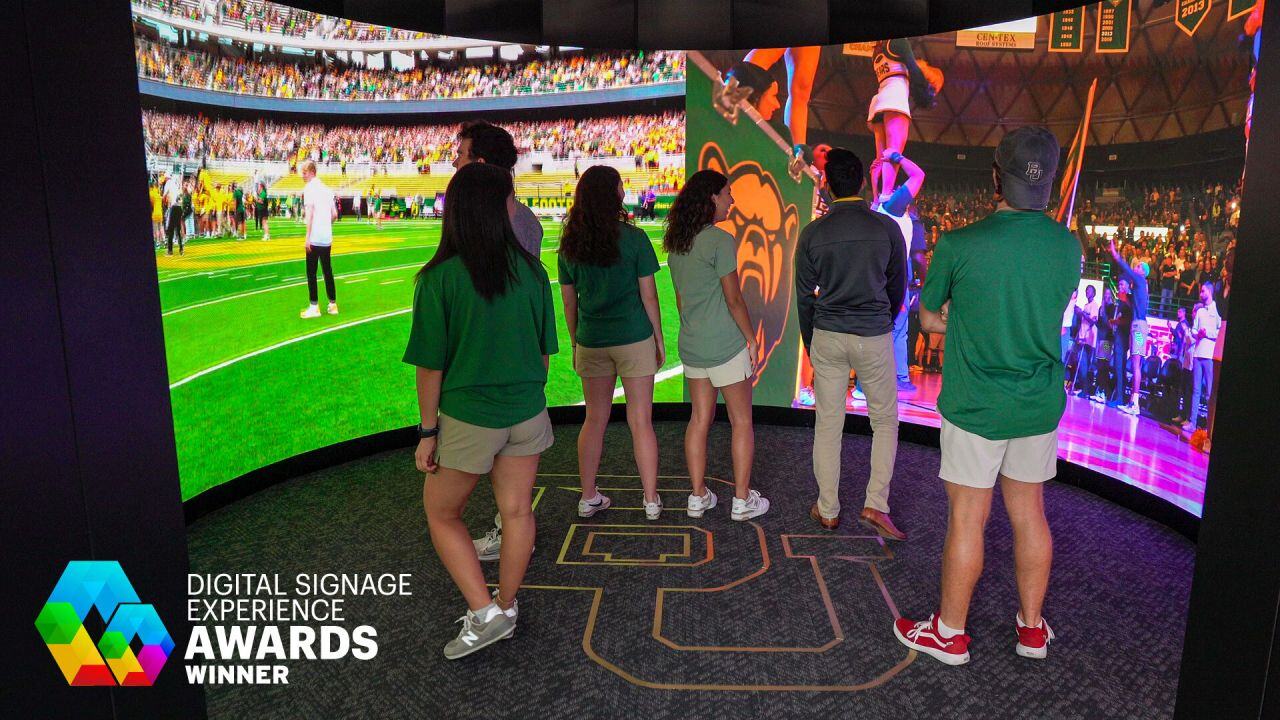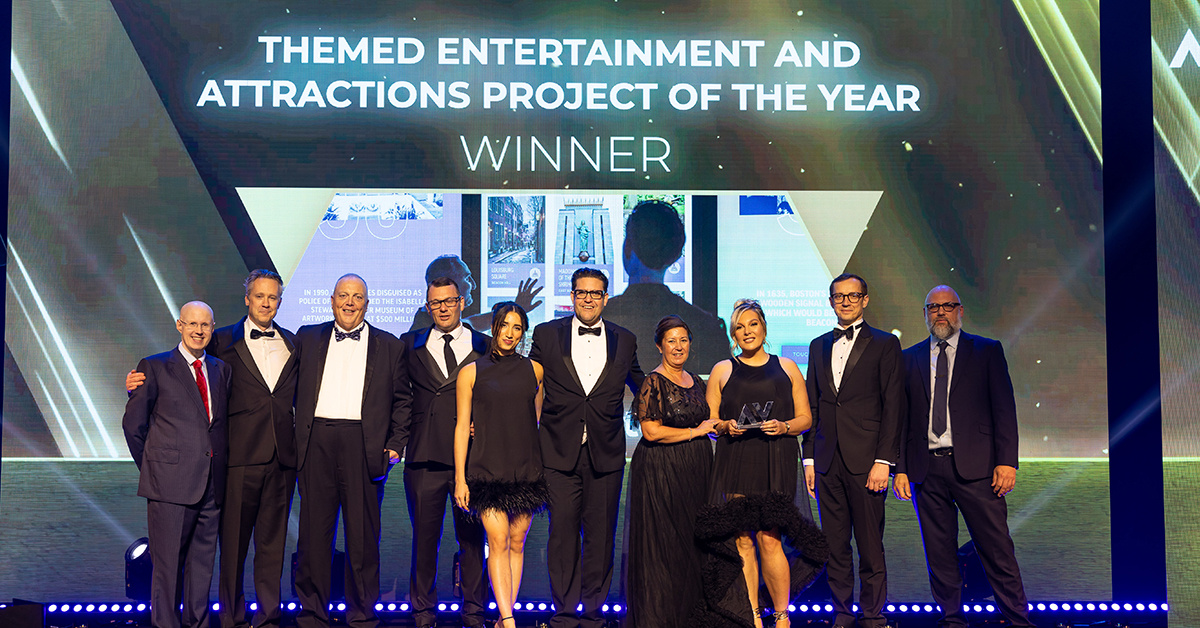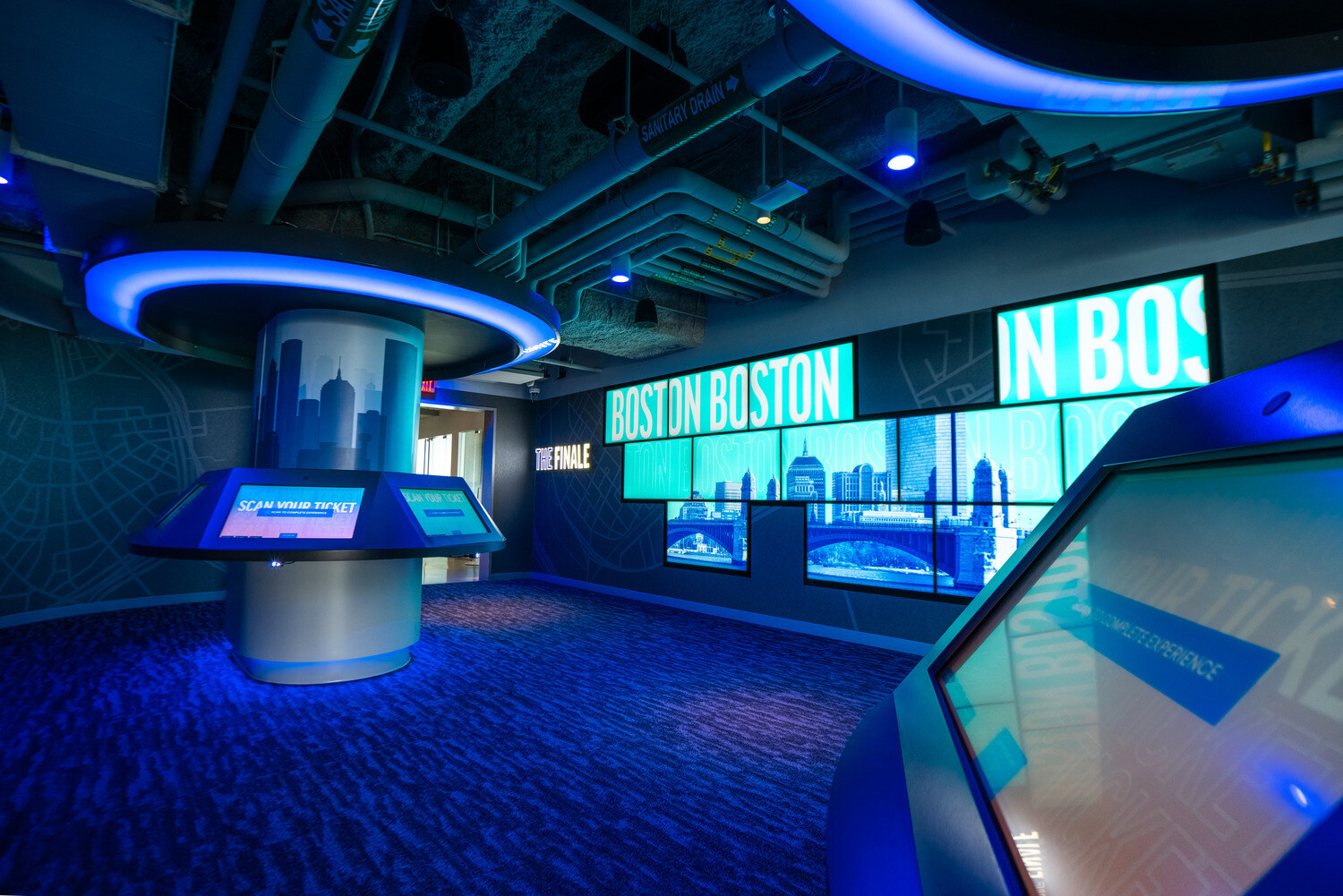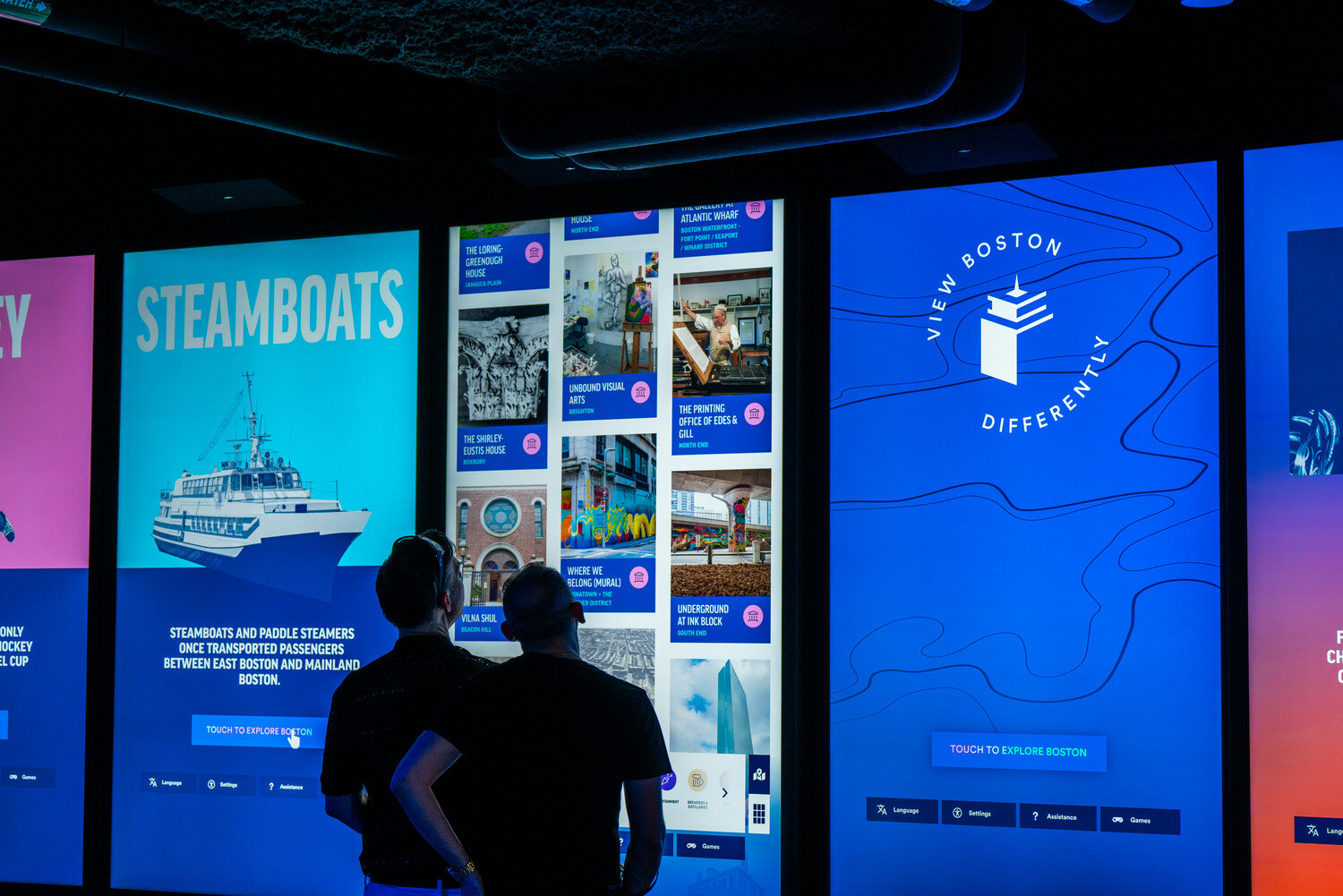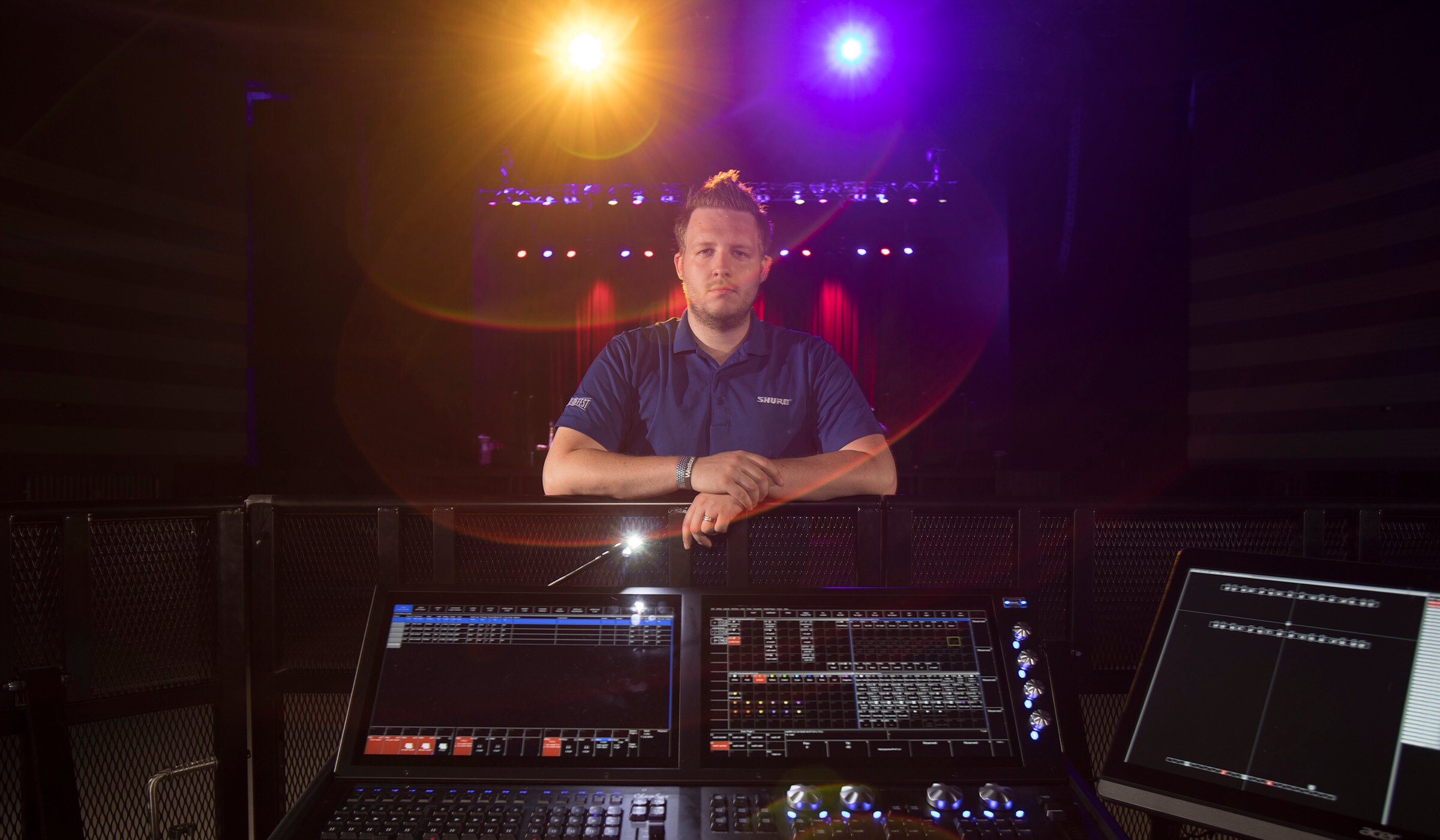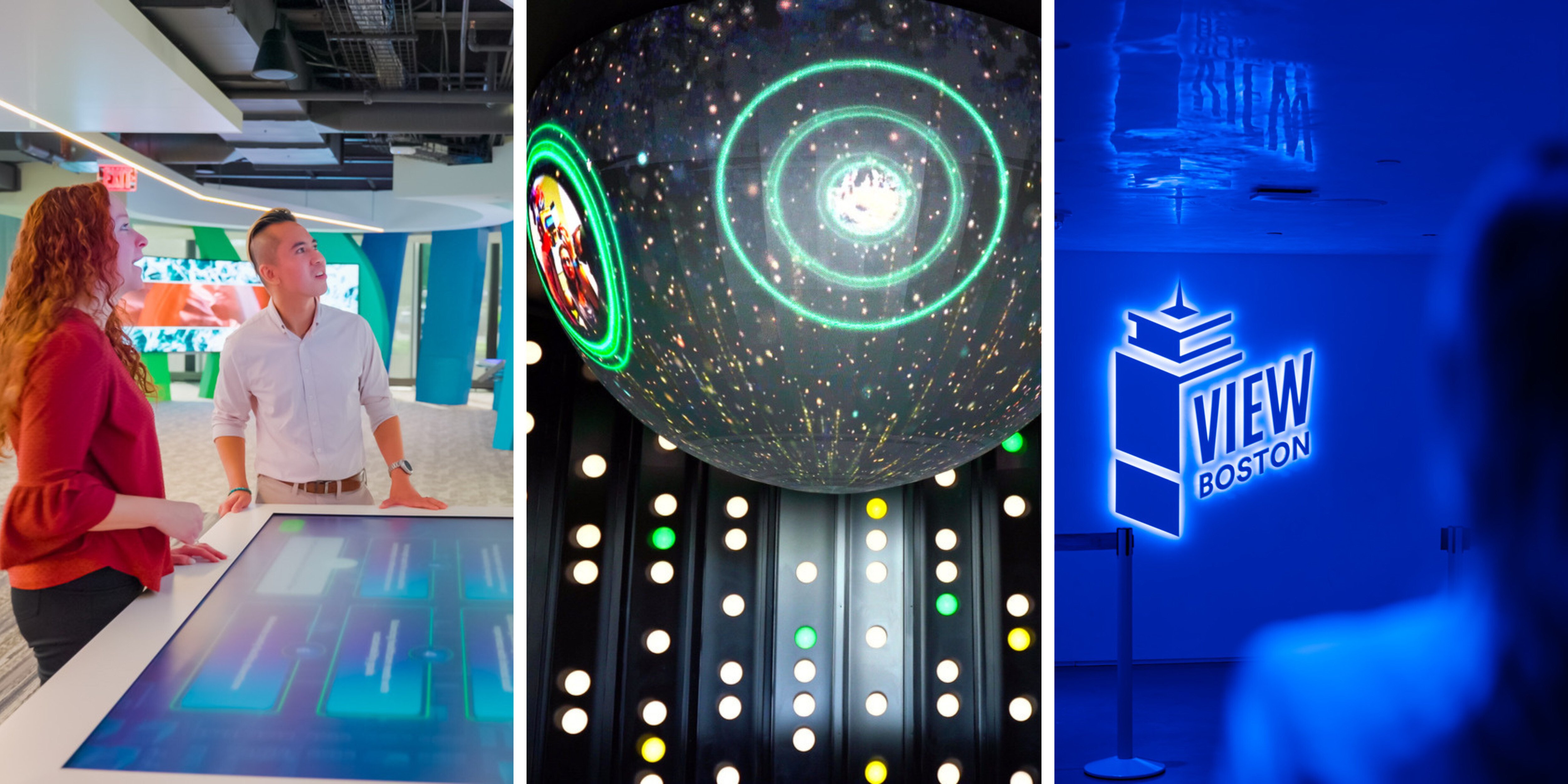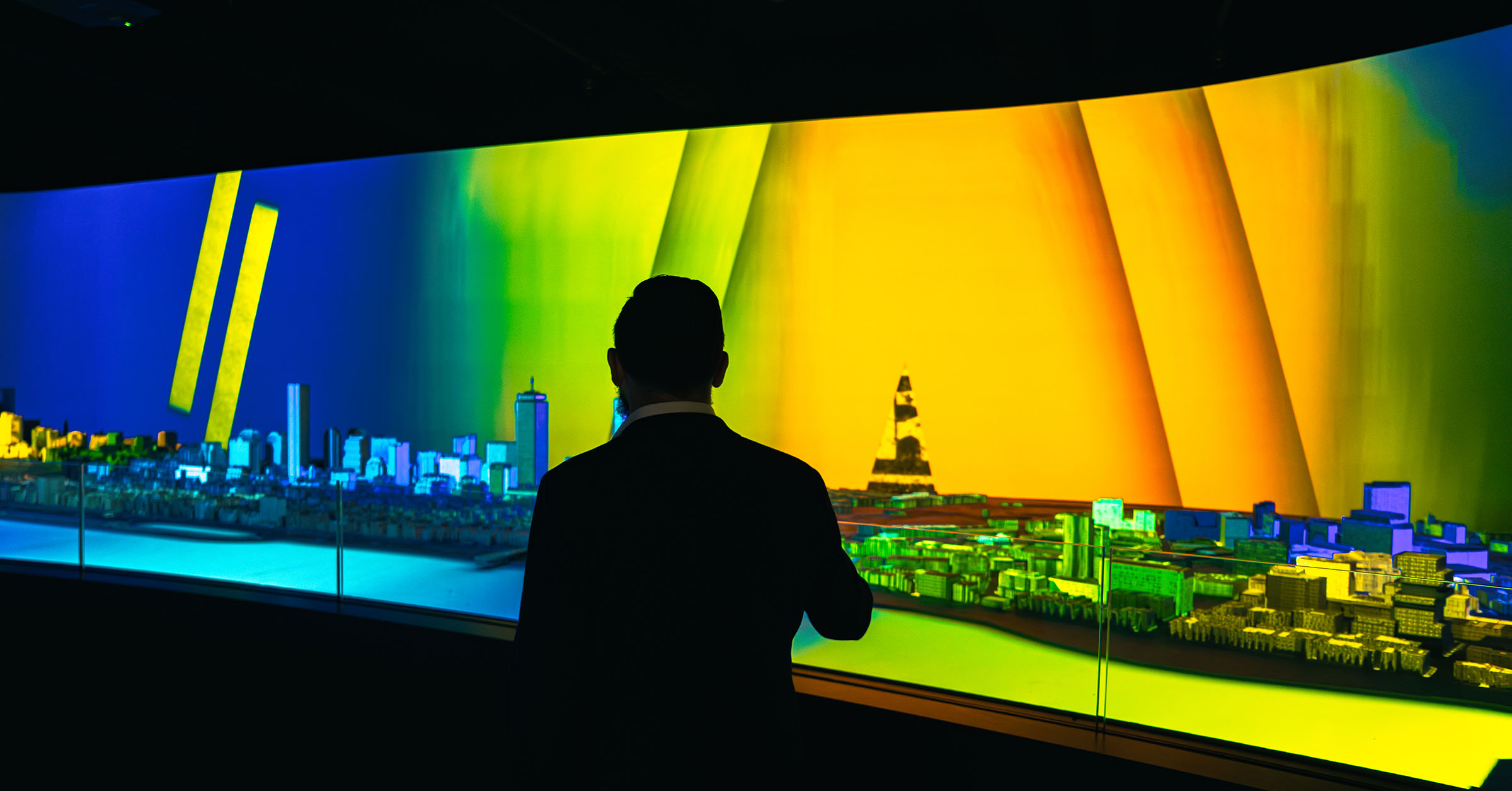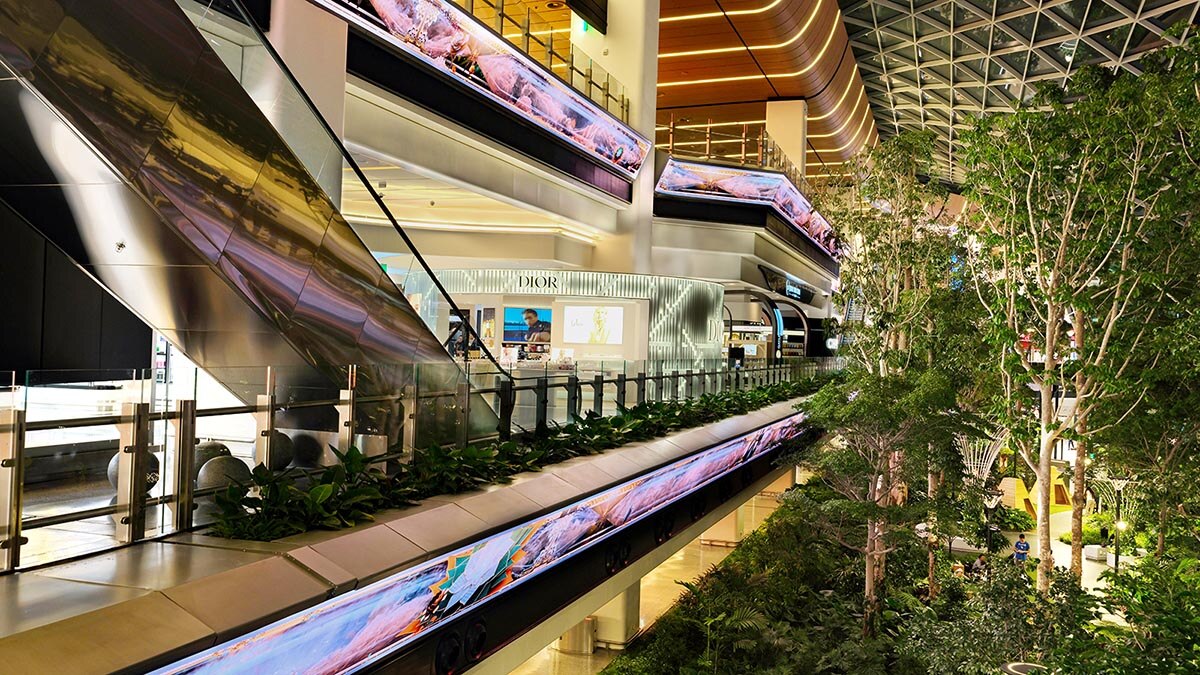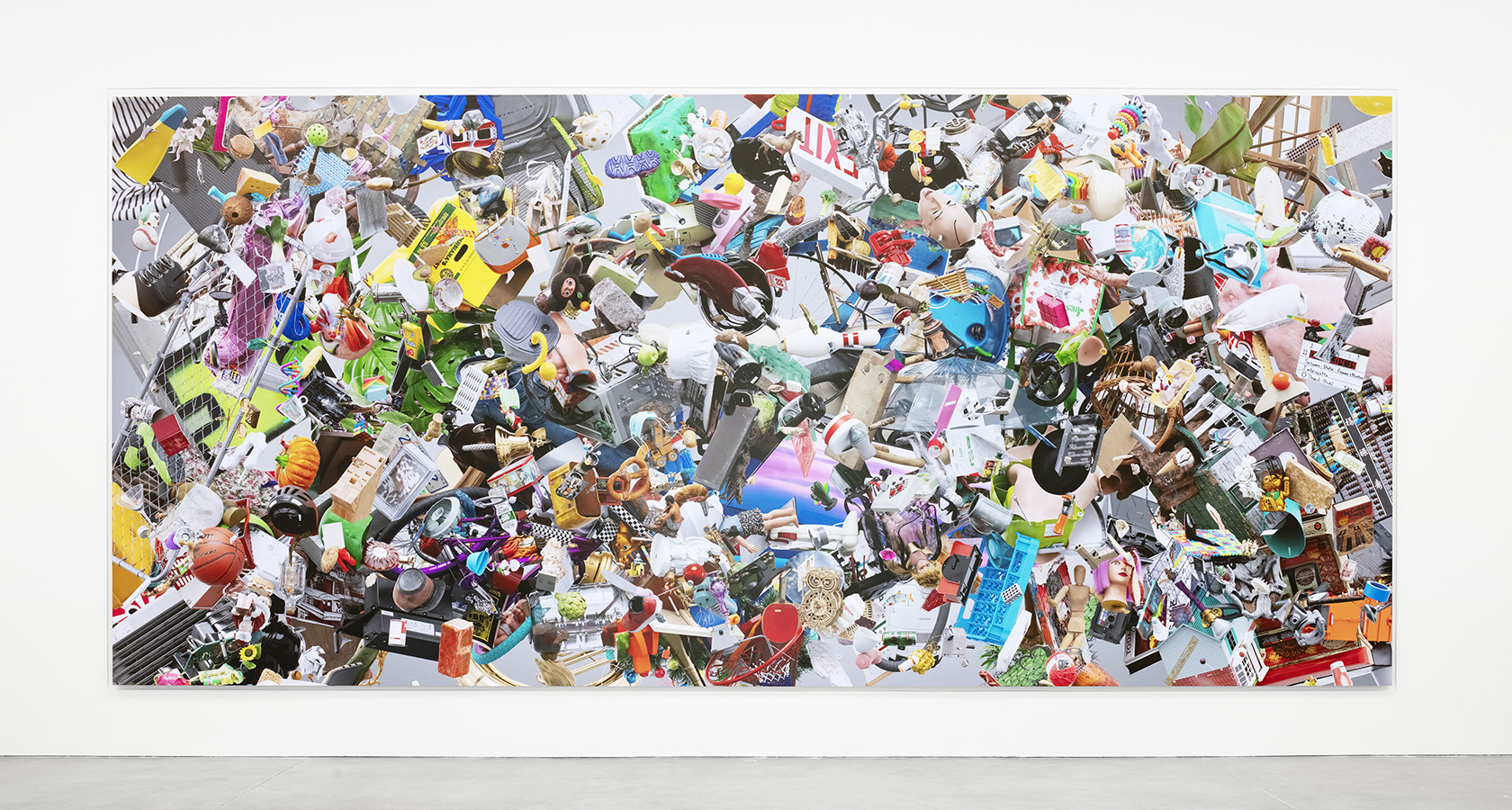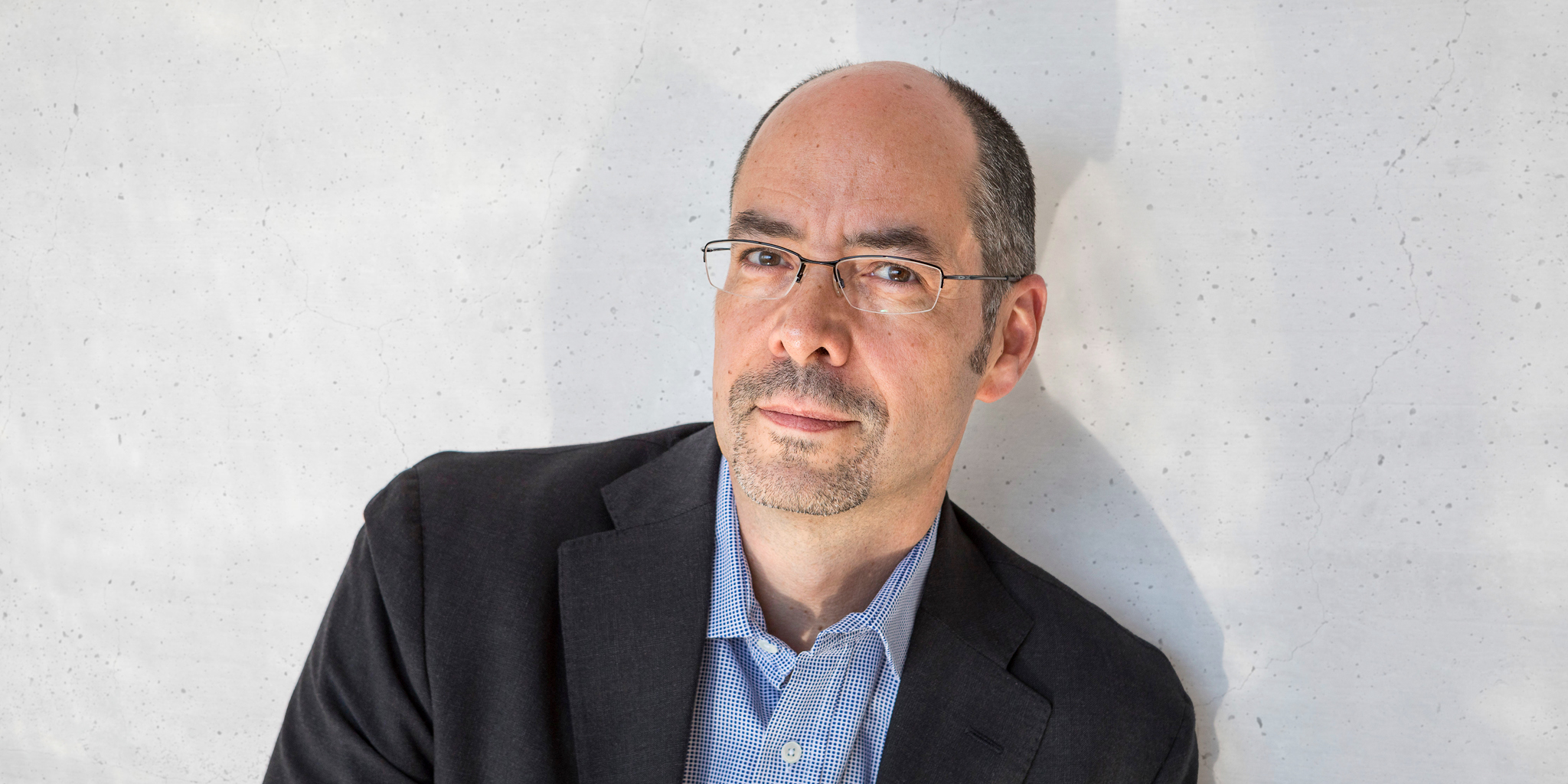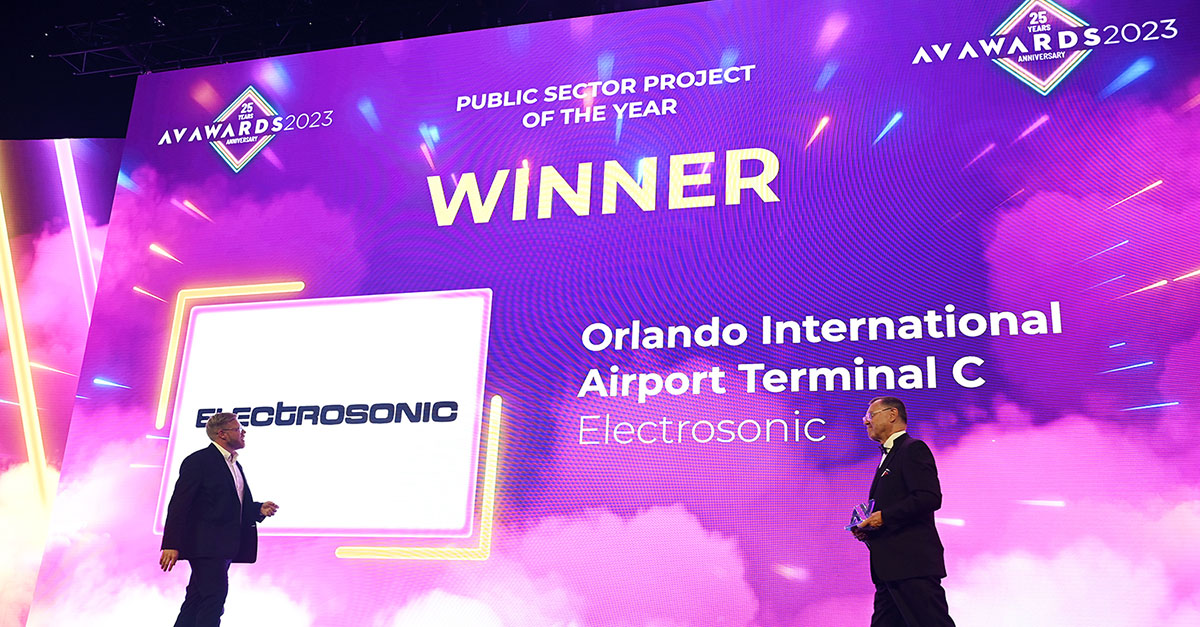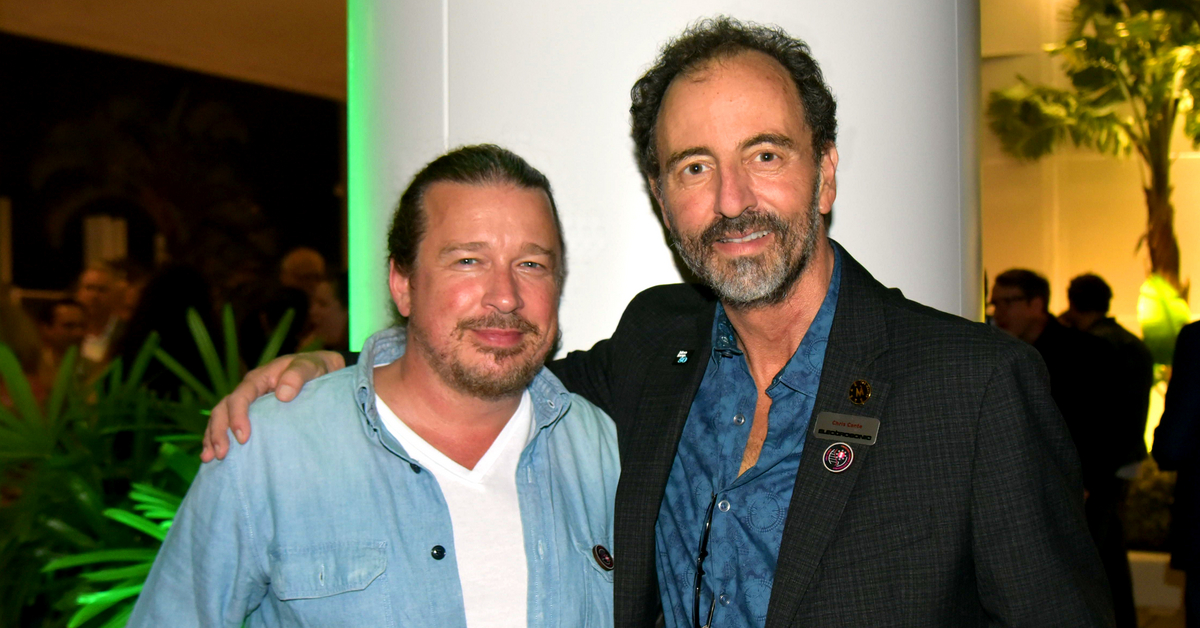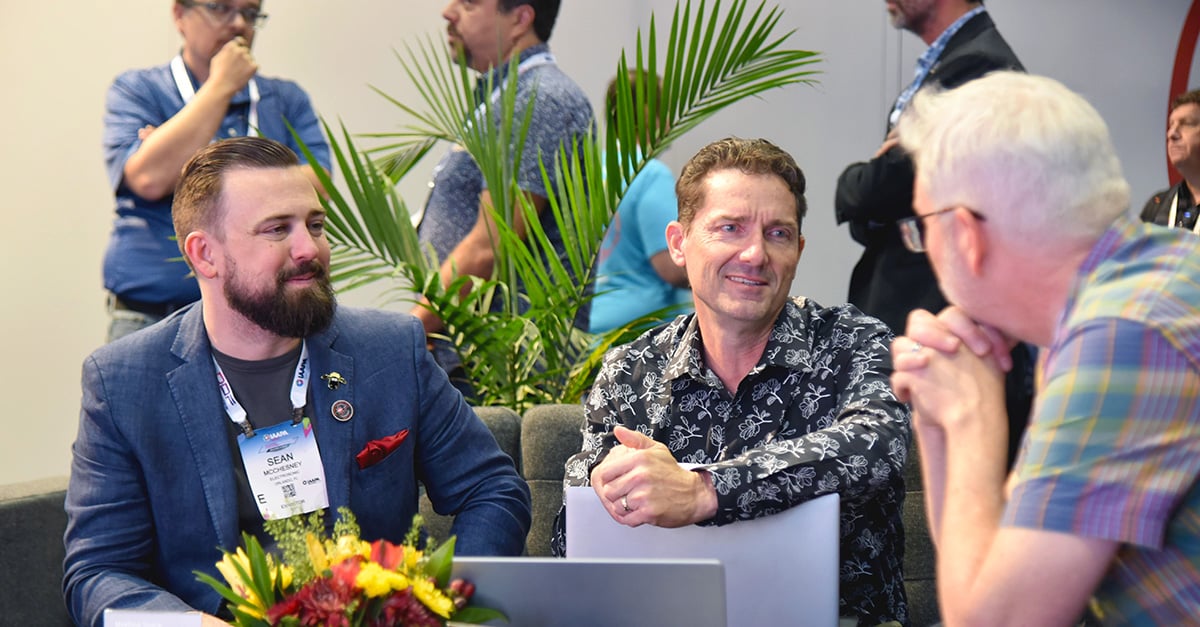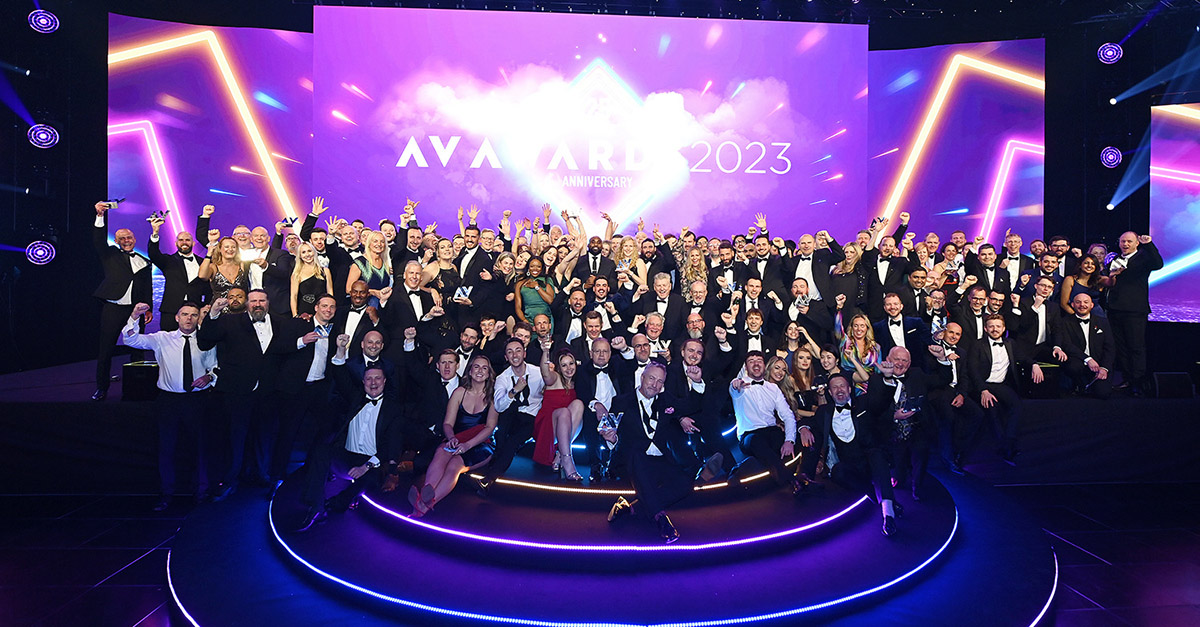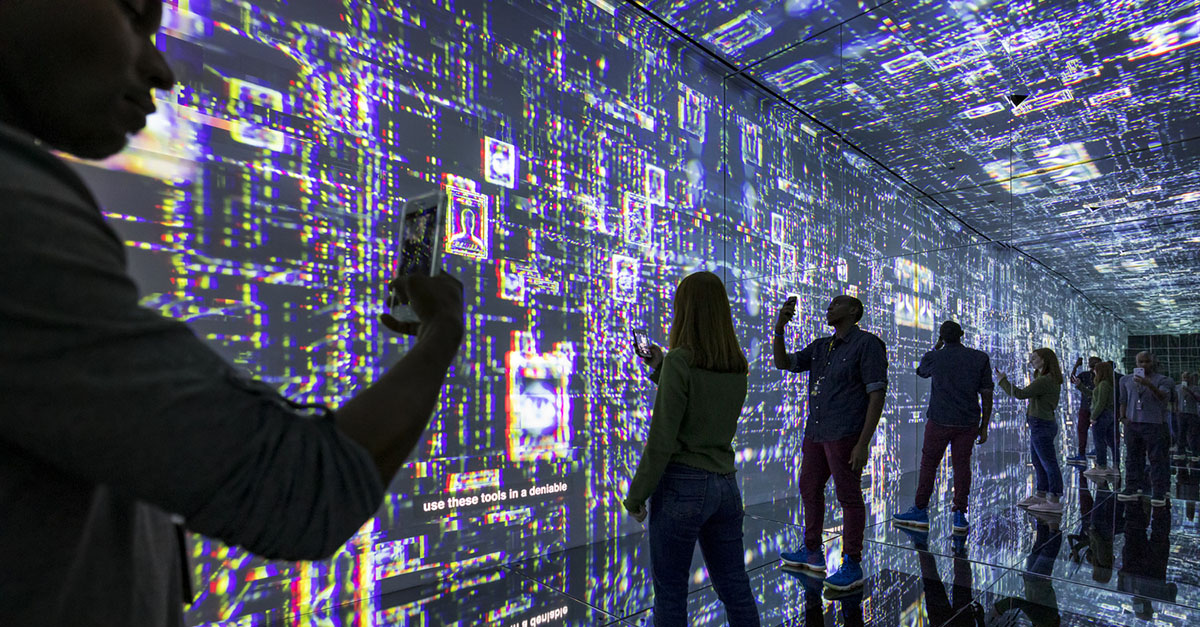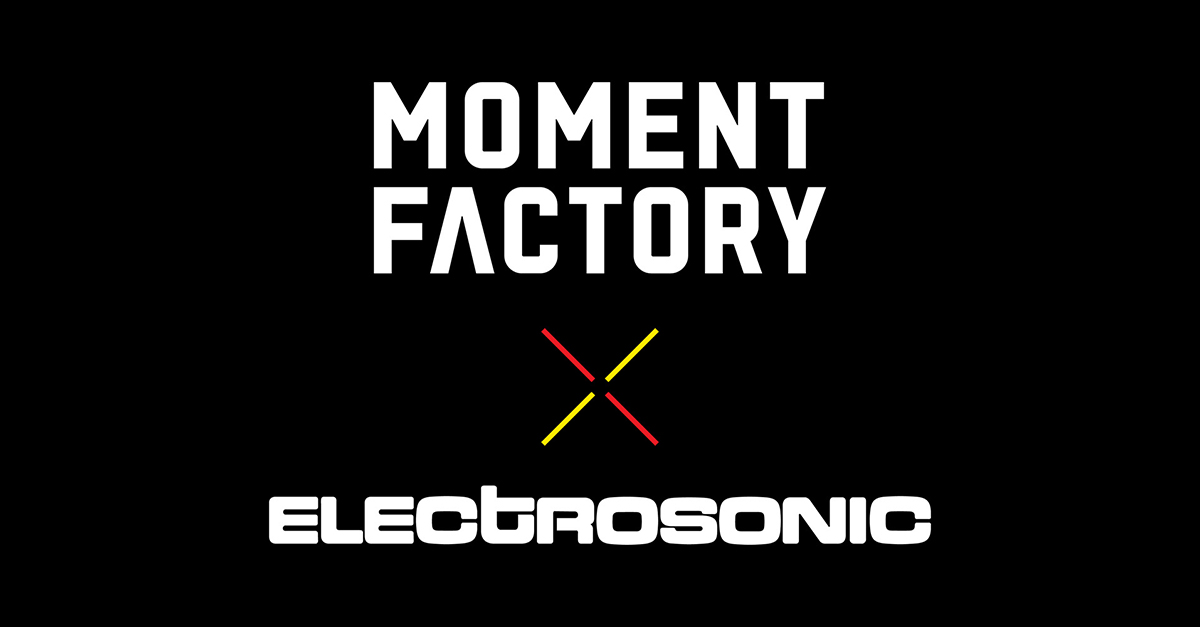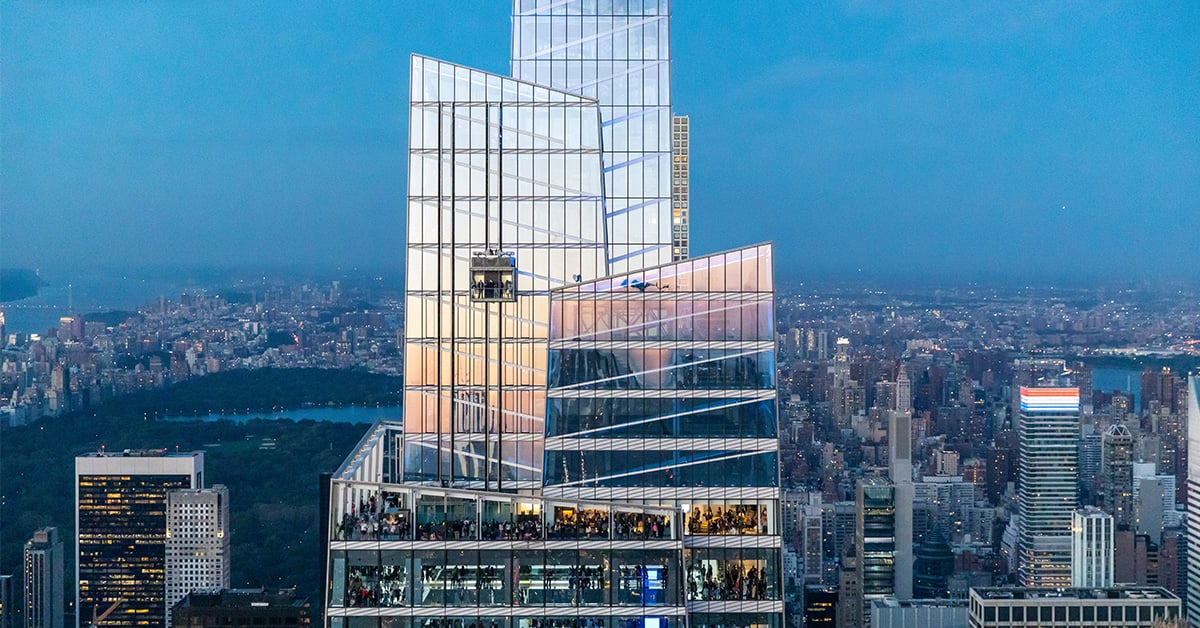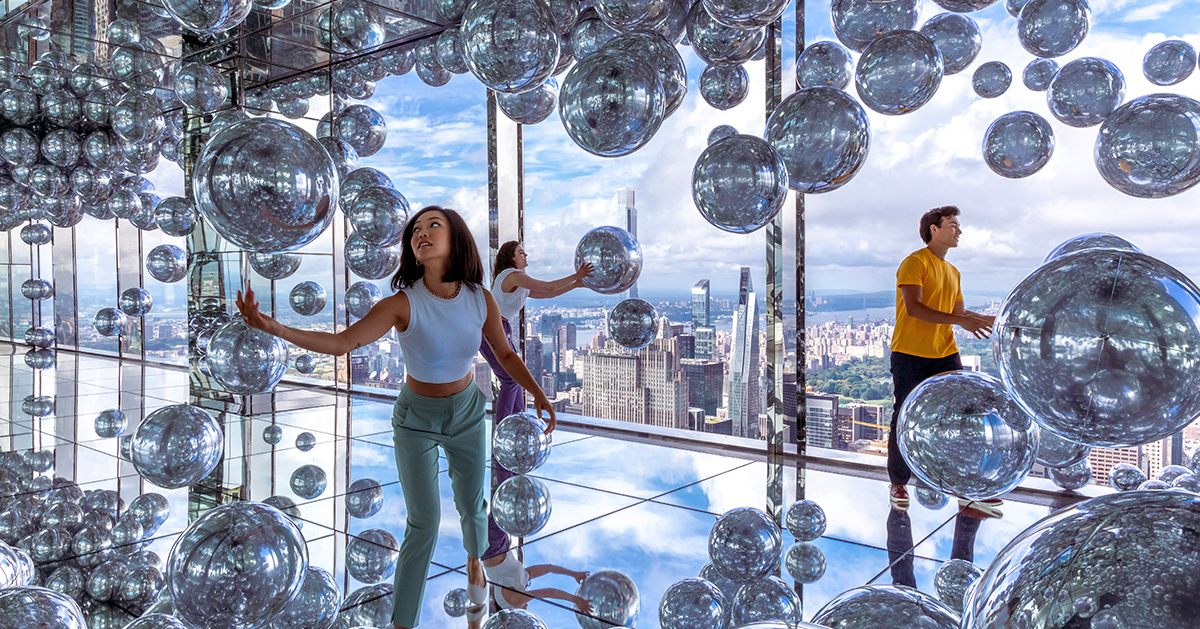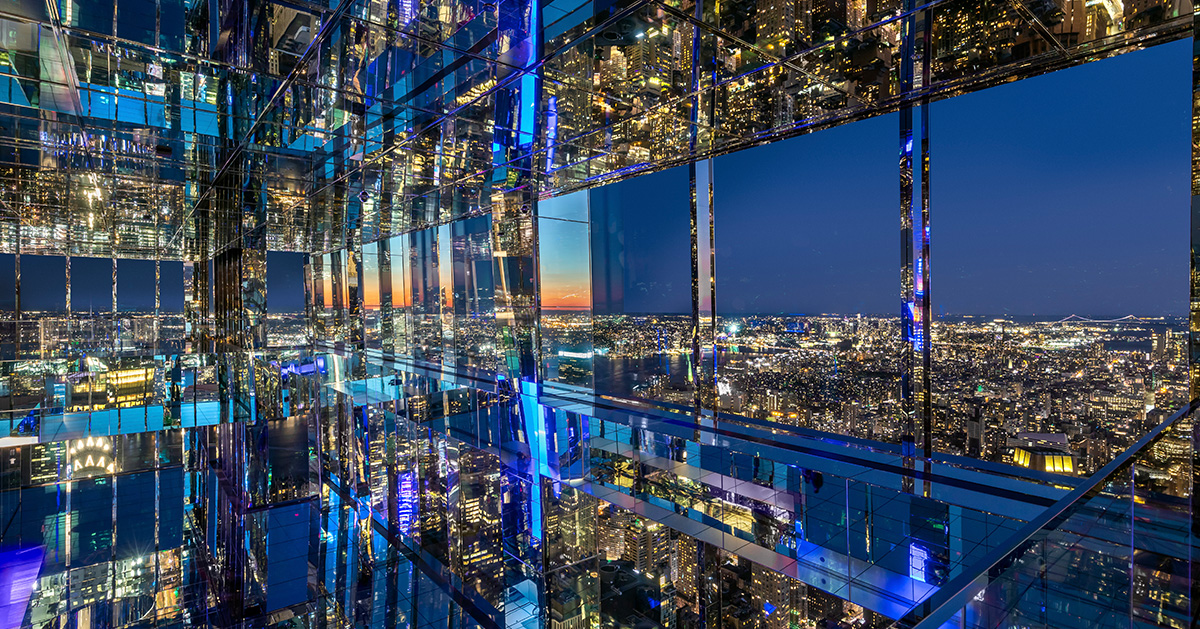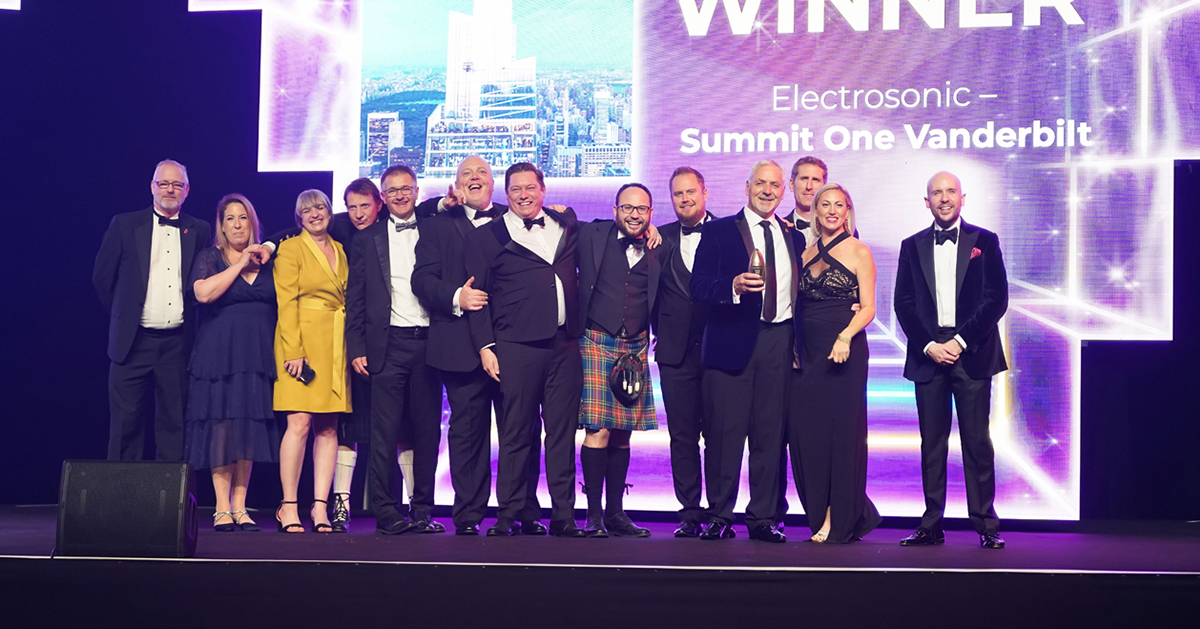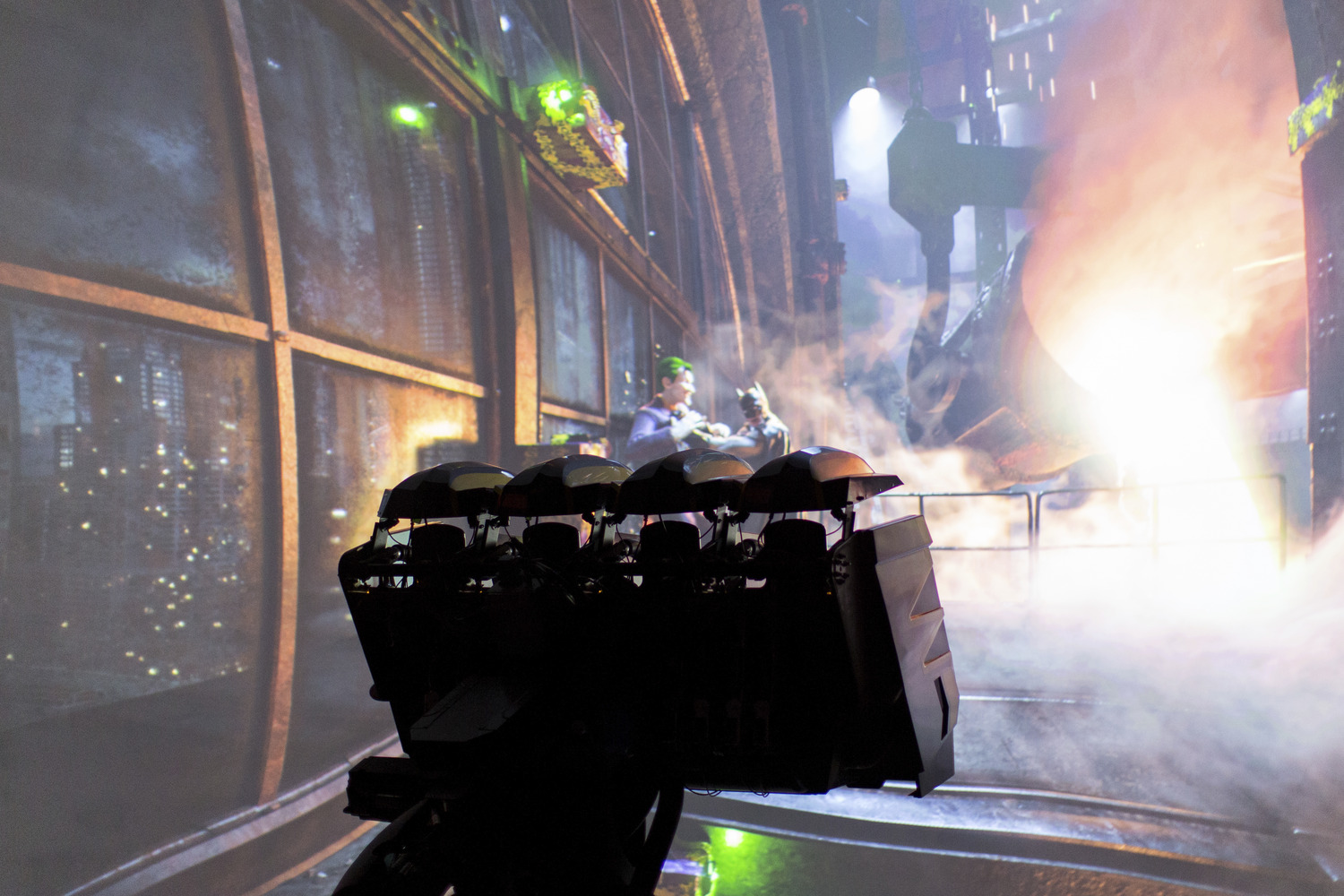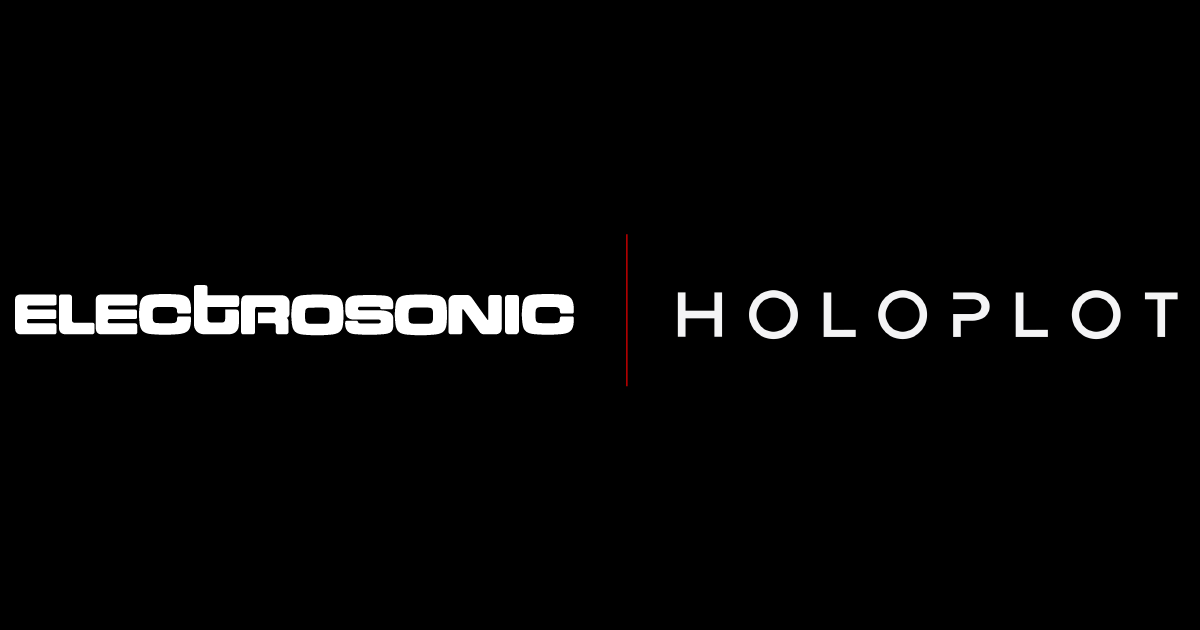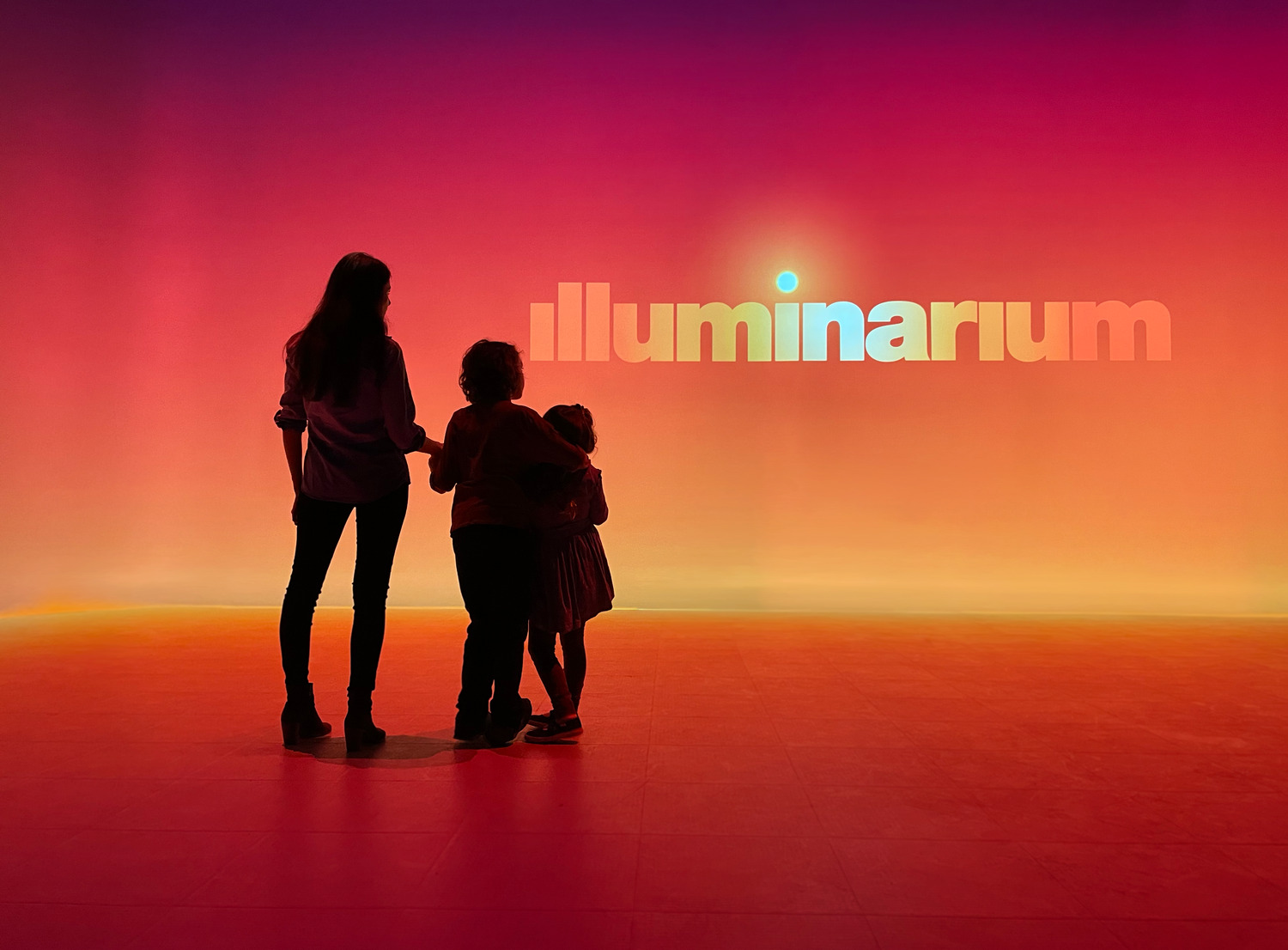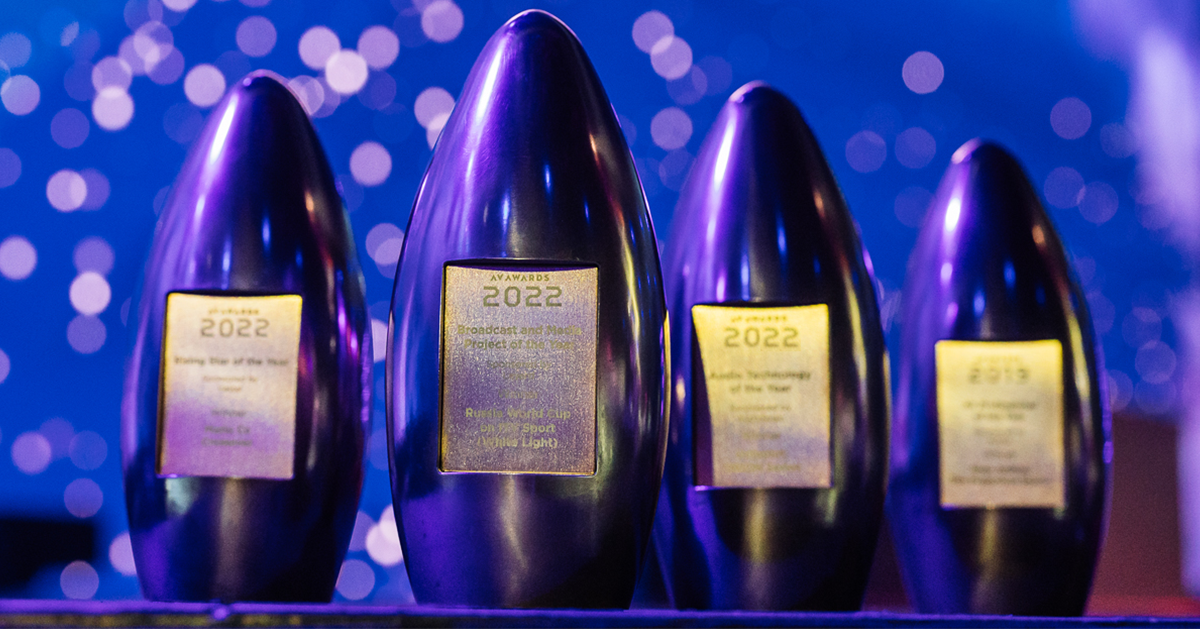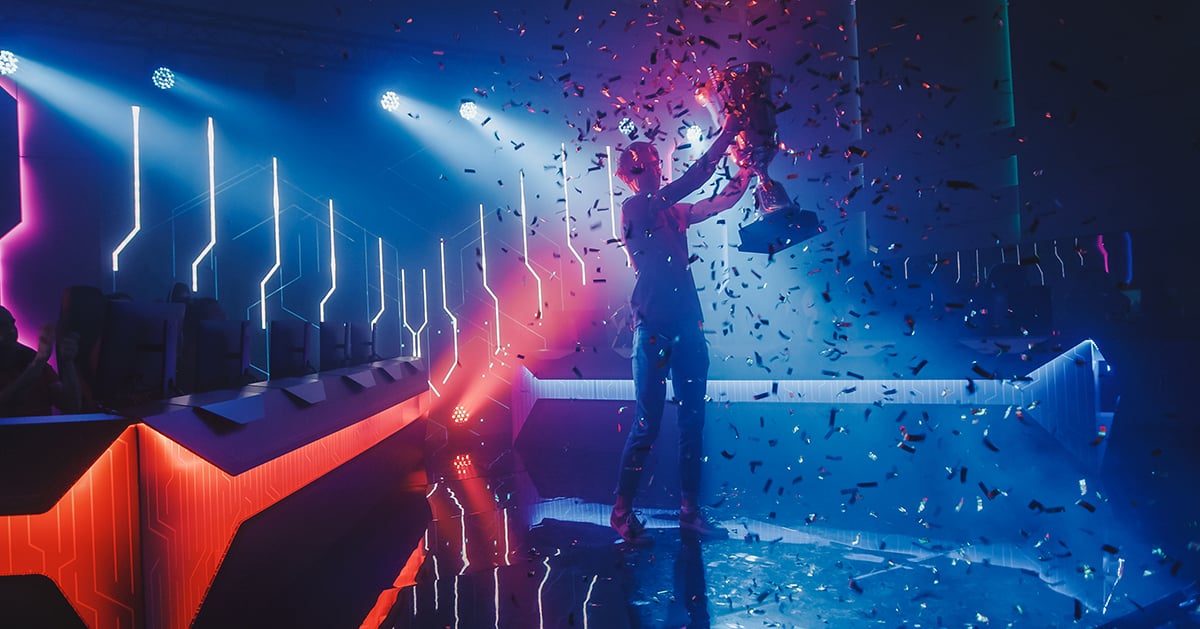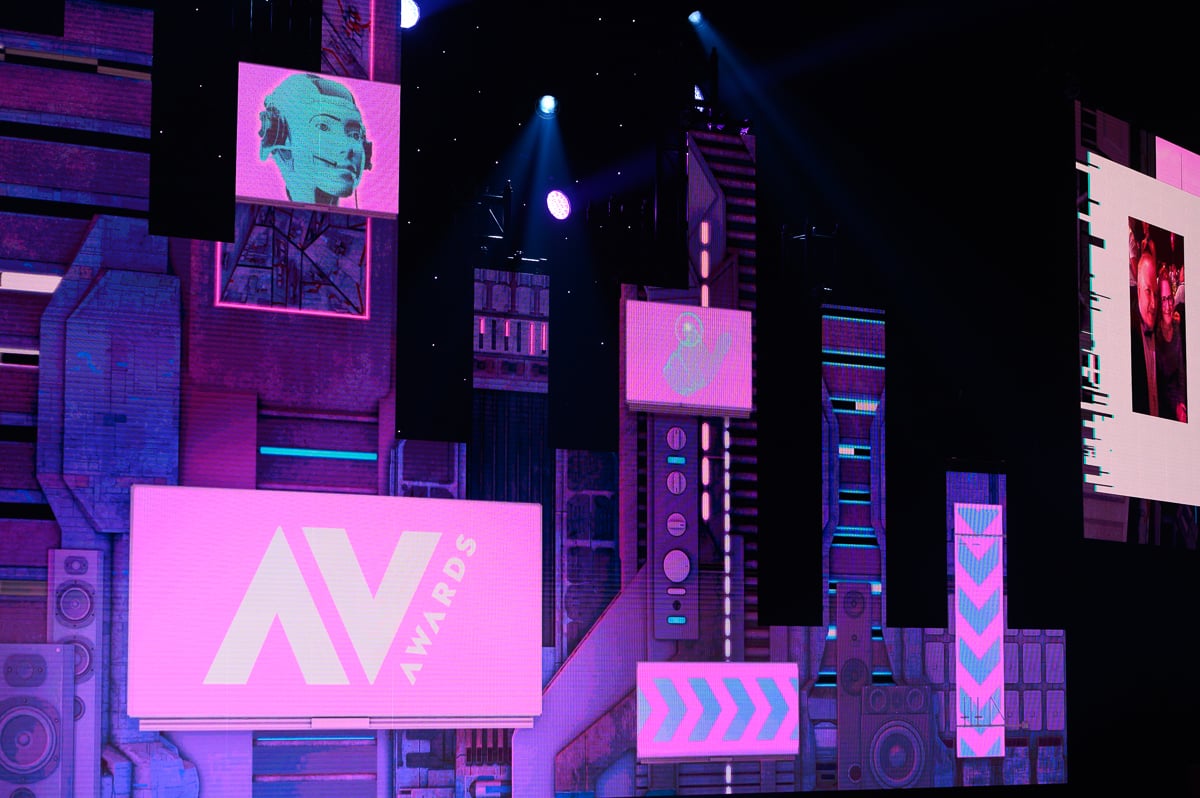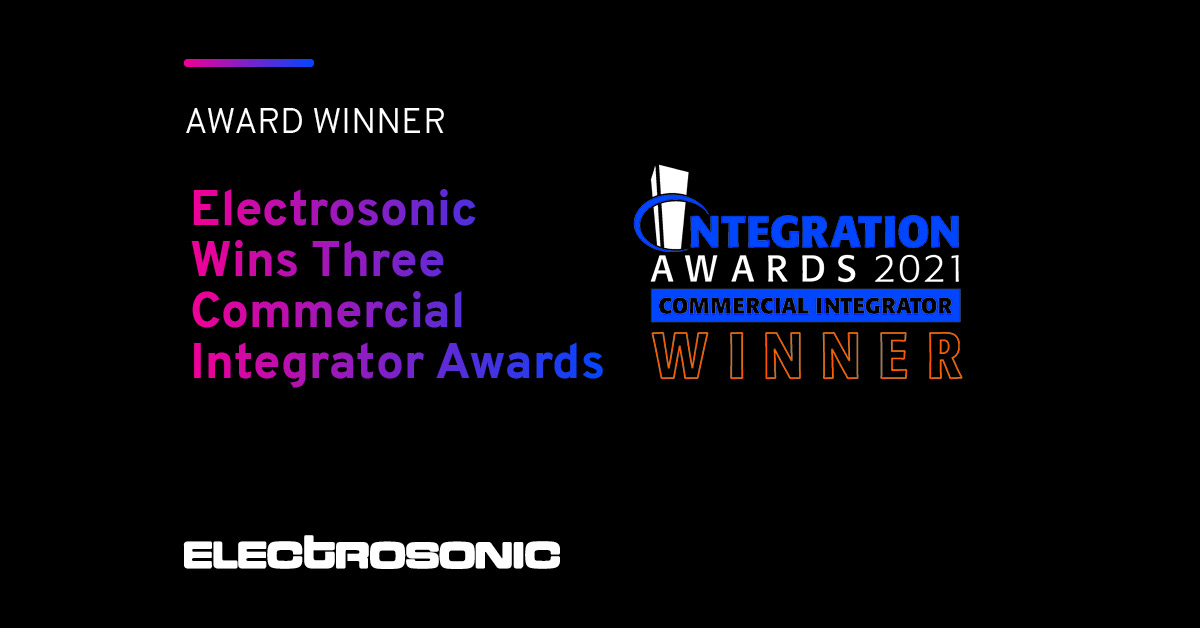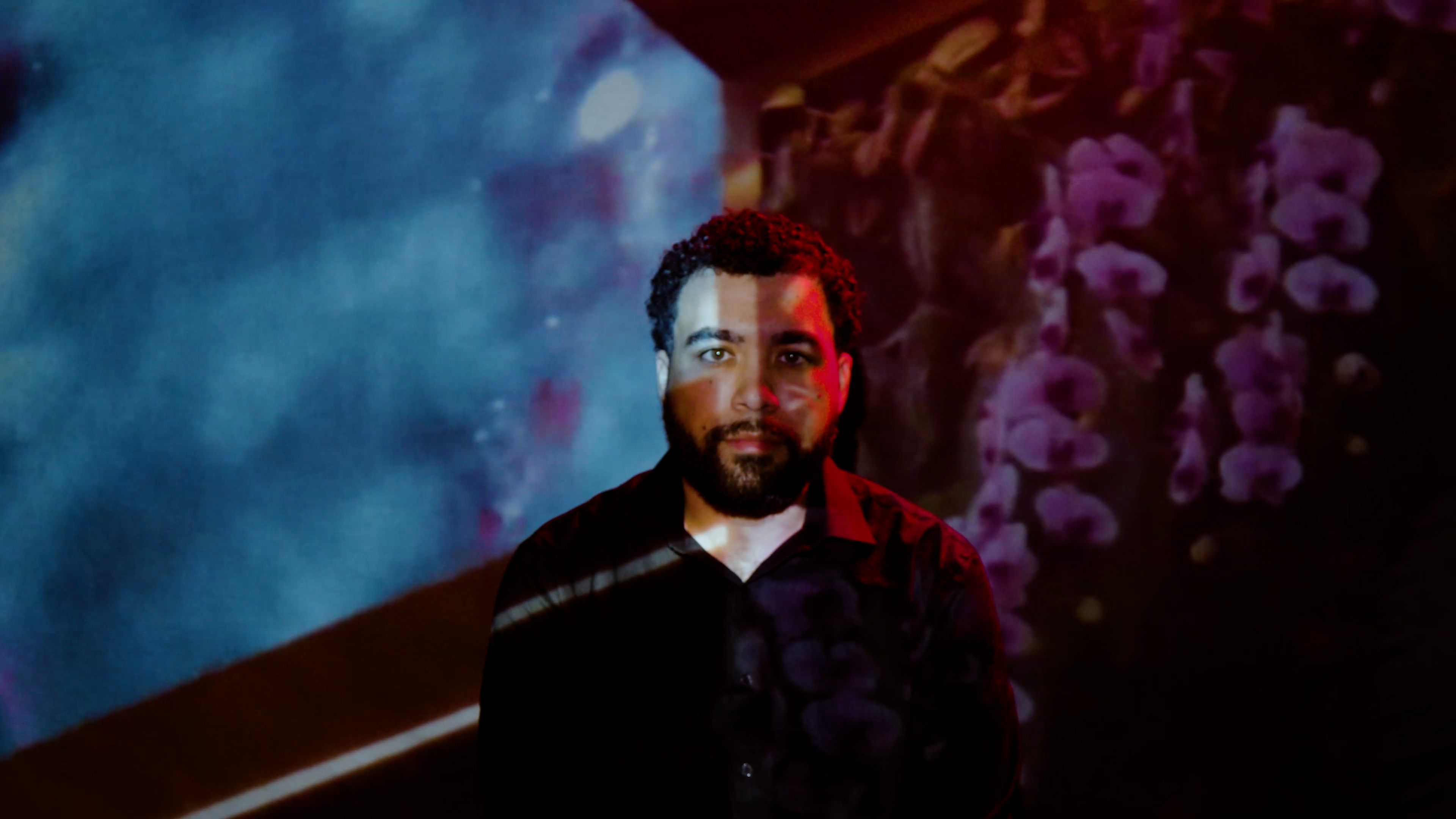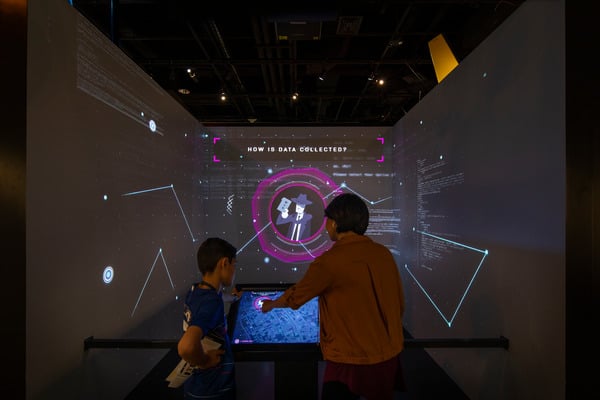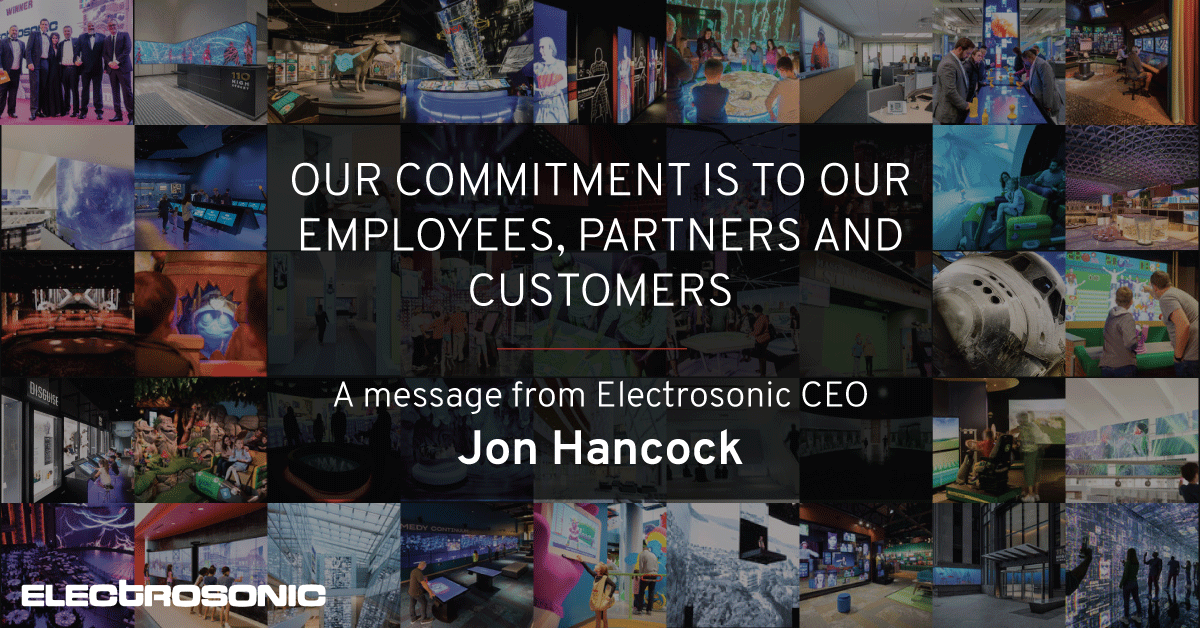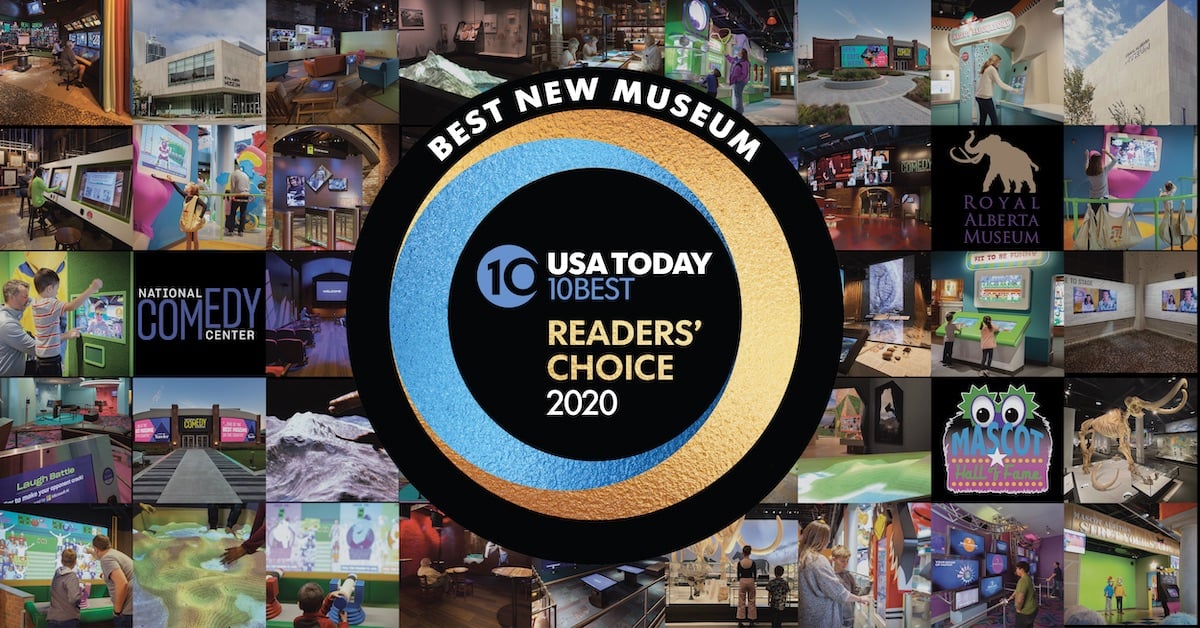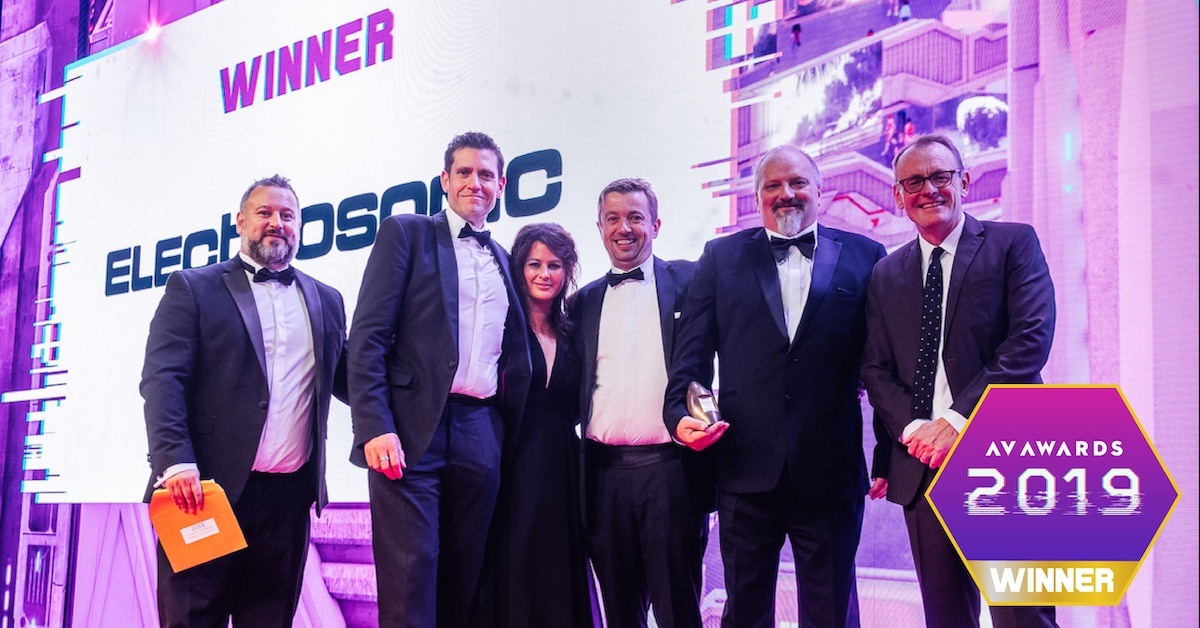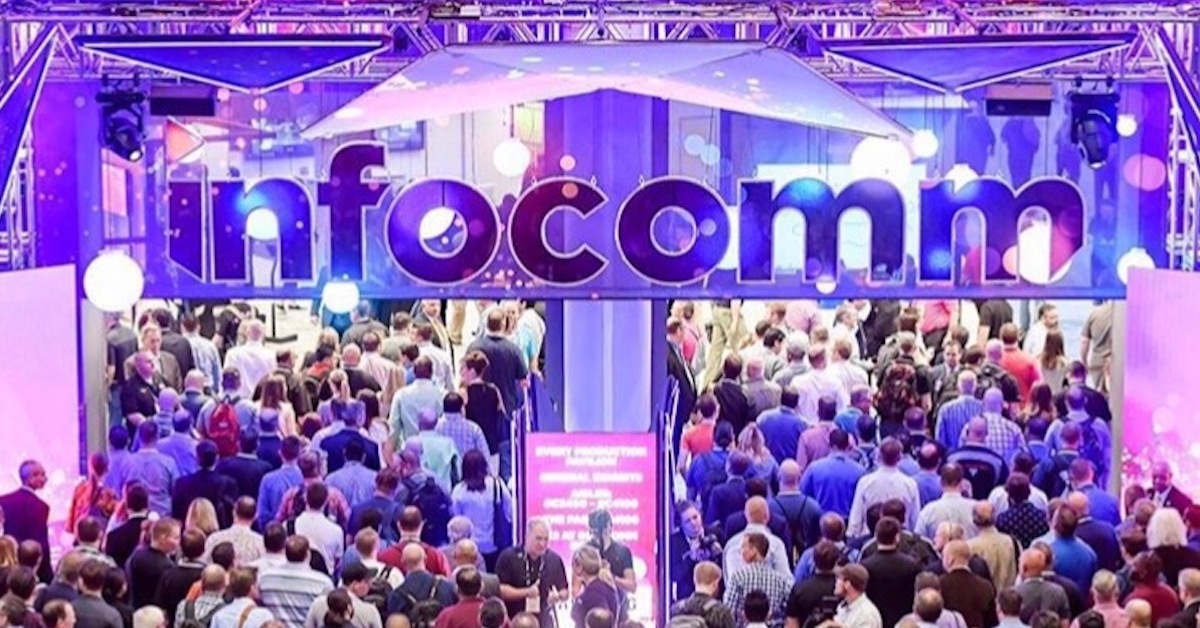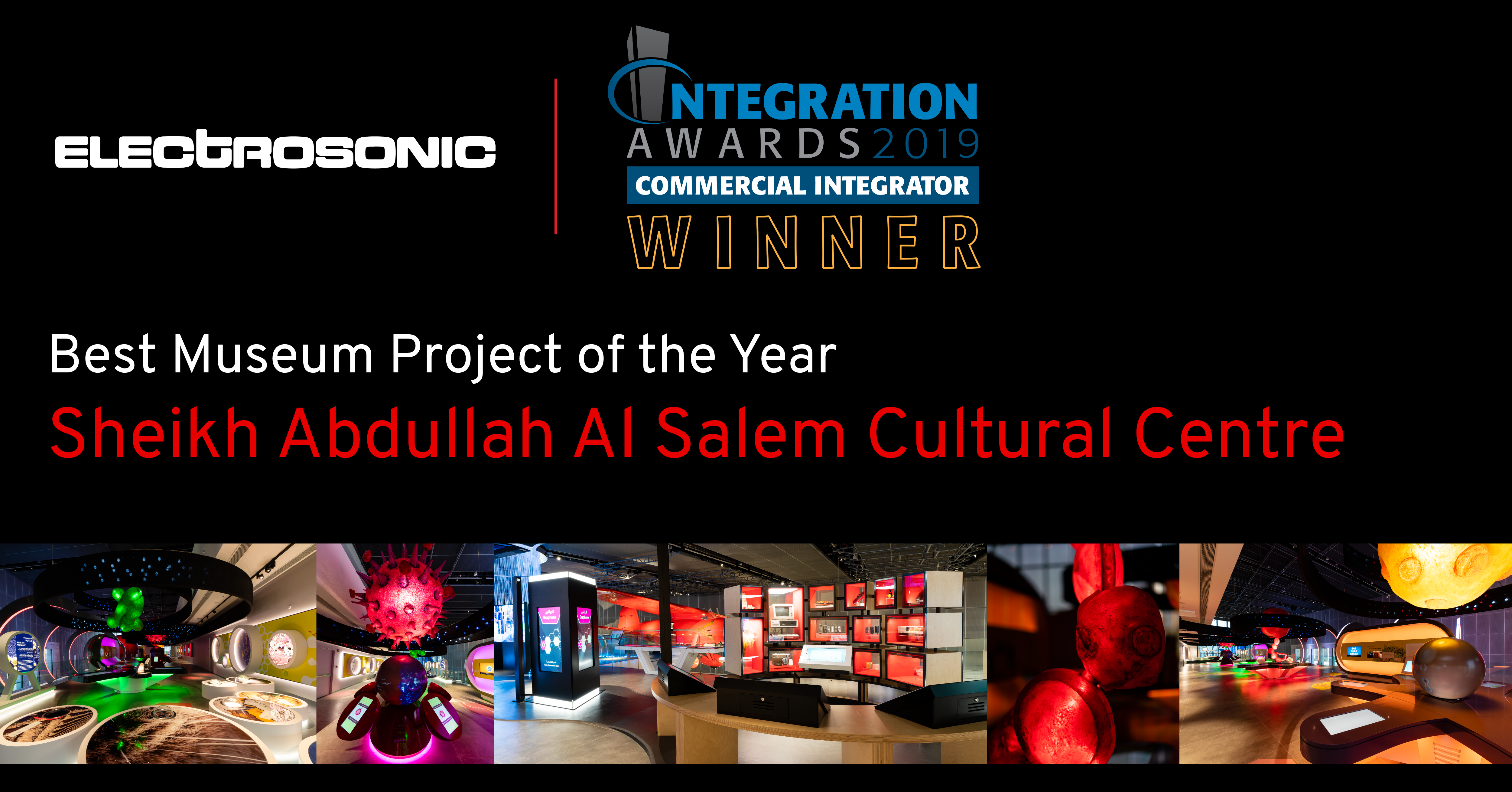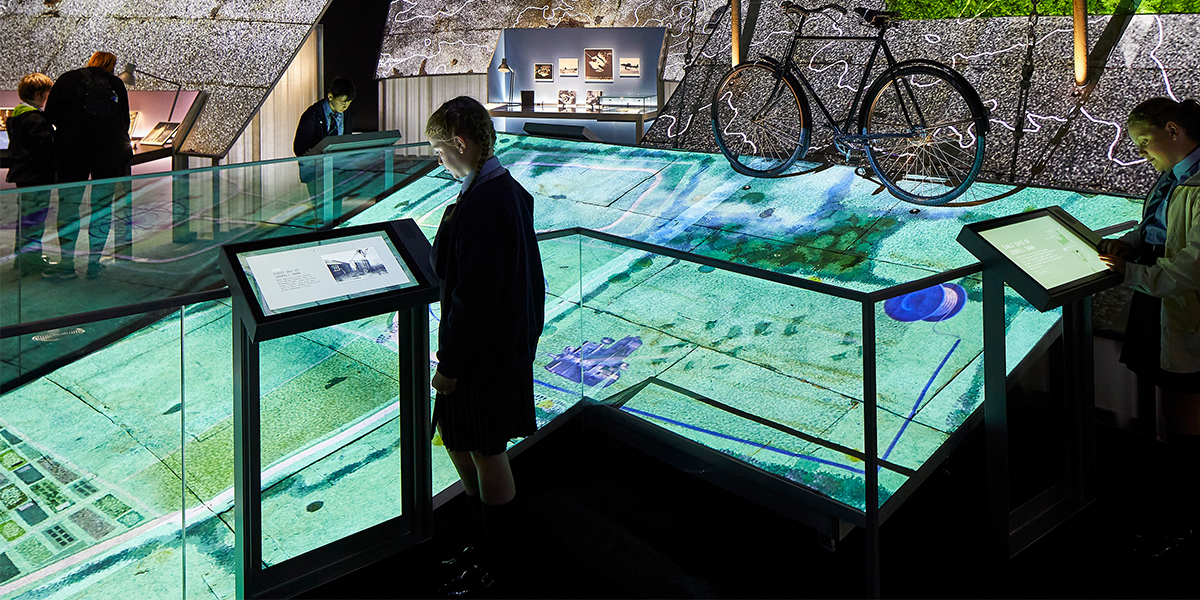
Commercial Integrator 2023: Museum of the Year Award
Electrosonic’s solution for the First Light Pavilion at Jodrell Bank has been awarded ‘Best Museum Project’ at the prestigious Commercial Integration Awards 2023.
Electrosonic has received this award four times in the last five years, as well as being recognized for ‘Best Large Venue Project’ in 2022.
Meeting tough criteria
The Commercial Integration Awards celebrate some of the most awe-inspiring, immersive and experiential audiovisual projects that integrators have created over the past year. The winners reflect a mix of dazzling experiences and business-enhancing functionality.
To win such a prestigious award, the project had to meet tough criteria. The judges assessed each project across three factors:
- Installation: This considers all components of the project build-out and installation. Factors include challenges encountered along the way, duration of the project and cooperation among project participants.
- Customer Reaction: This considers all elements of how the solution has been received. Factors include the level of satisfaction expressed by the client liaison, impact on the customer’s organization and increased effectiveness.
- Solution: This considers the solution that the integration company deployed and its relative effectiveness. Factors include the unique features and benefits that the solution offers and its level of tailoring to unique customer needs.
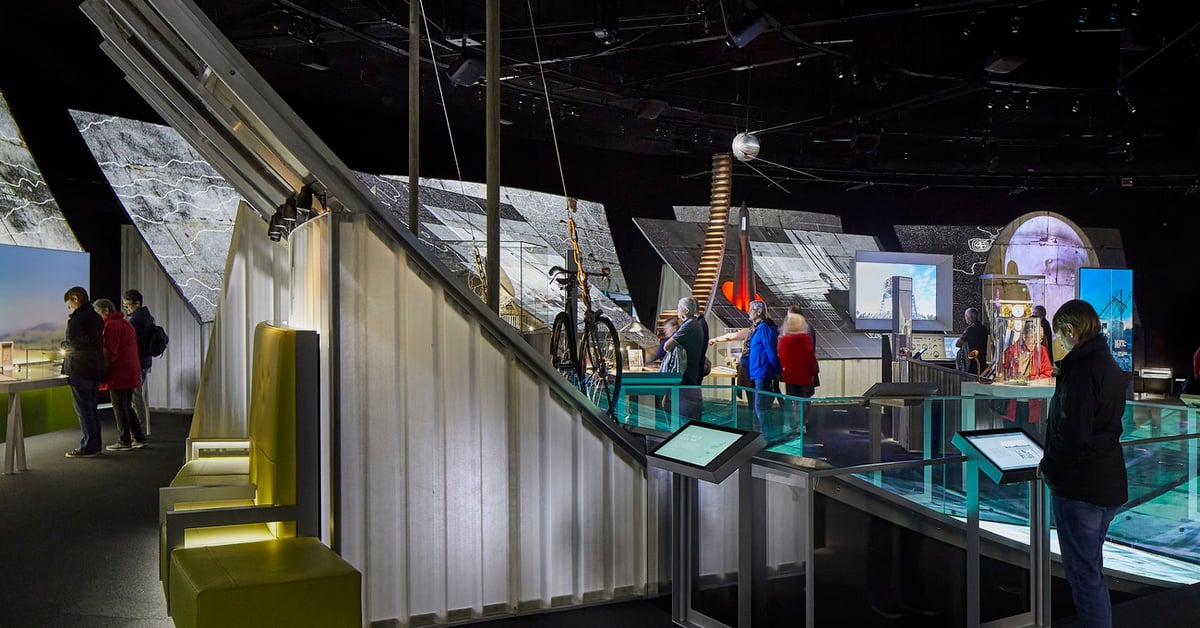
Celebrating the birth of radio astronomy
The First Light Pavilion is a spectacular exhibition space at the Jodrell Bank Visitor Centre in north-west England - the site where scientists discovered and developed radio astronomy.
The immersive exhibition tells the history of radio astronomy and its impact on knowledge of the Universe through video, audio, complex projection mapping, multi-touch displays, special effects and interactive exhibits that trigger content projected onto a ‘Radio Sky’.
The exhibition also celebrates the pioneering work of Sir Bernard Lovell, who developed the world’s first radio telescope, using actual sections of his original telescope as major elements of the whole exhibition structure and creative projection surfaces.
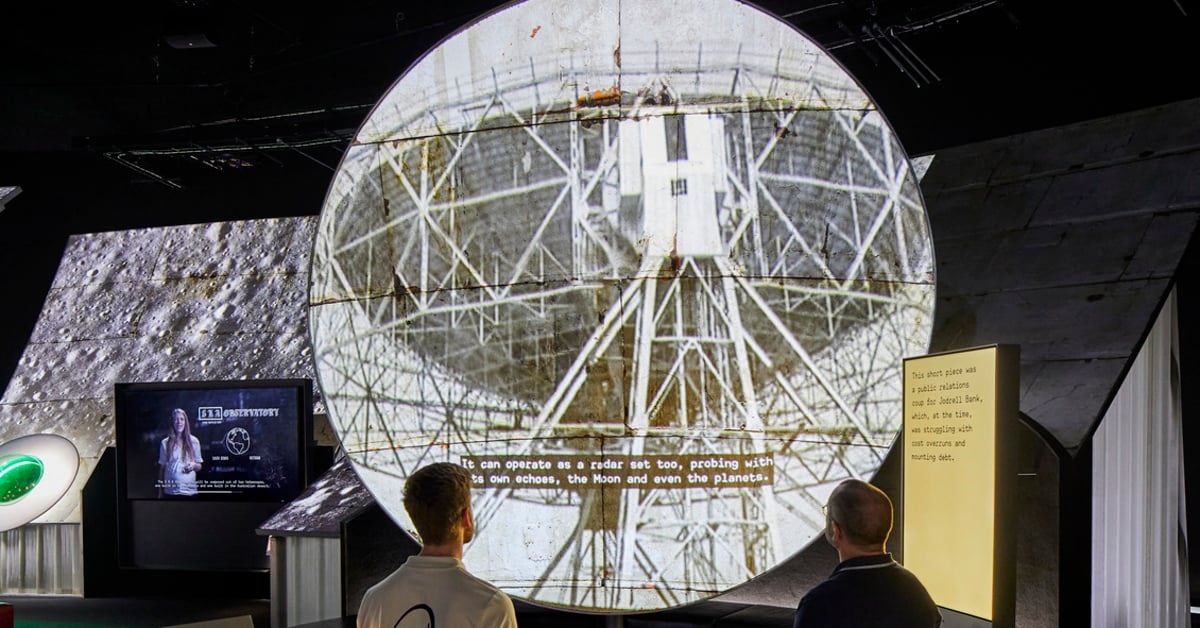
Storytelling through Experiential Technology
Within the First Light Pavilion, six ‘chapters’ tell different aspects of the story:
- Ways of Seeing introduces radio astronomy with interactive exhibits that explain the concept of Chromoscope frequencies.
- The story of Bernard Lovell features a touchscreen ‘family album’, an interactive touchscreen explaining his work in radar, while audio highlights his love of music.
- The Fairground looks back at the site’s early days using a projected model surrounded by five interactive screens. Another interactive explains the concept of Interferometry.
- Building the first telescope enables visitors to explore the evolution of the design on an interactive touchscreen, view a projected recreation of Lovell’s desk or listen to audio describing construction.
- In the Miracle of Sputnik chapter, visitors can drive a telescope by using touchscreen controls or explore the work of the telescope during the Cold War on an interactive Logbook.
- The Impact of Jodrell Bank features a Conversation Table touchscreen exhibit where visitors can select discussions on its impact and a Visitor Quiz that triggers projected images when answers are correct.
Each chapter features a mix of physical exhibits, graphics, video, audio, touchscreens, simulations and interactives. Visitors can experience the thrill of a meteor shower, crawl into a black hole and try ‘driving’ a radio telescope.
Within the gallery, the exhibits have an individual soundtrack or audio specific to each story, but there is also a soundscape across the entire space. This provides a low audio level to mask audio leaking between exhibits and gives a larger feel when the projected elements work together across the gallery.
A key feature of the exhibition is the ‘Radio Sky’, a domed projection surface constructed from reclaimed ‘shards’ of the original telescope. This unique surface supports complex projection mapping integrated with the six chapters.
Each shard can display individual projected content or special effects triggered by interactives in the gallery. Content includes colorful images of the Andromeda galaxy and a meteor shower that travels the whole length of the gallery space, as well as important objects pivotal to Lovell’s story, such as deckchairs, blueprint designs and an animated Sputnik.
Although each of the shards features content from individual chapters, the control system brings them together at set times in a circular array to create a huge multiple-projection screen.
The technology solution for the exhibition also received numerous other awards, including the ‘Exhibiting Excellence’ Large Exhibition prize by the British Society for the History of Science. The judges said that the exhibition structure of short ‘chapters’ offered visitors various ways to engage with the stories being told. In particular, they praised the integration of the panels of the original surface of the Lovell Telescope into the exhibition.
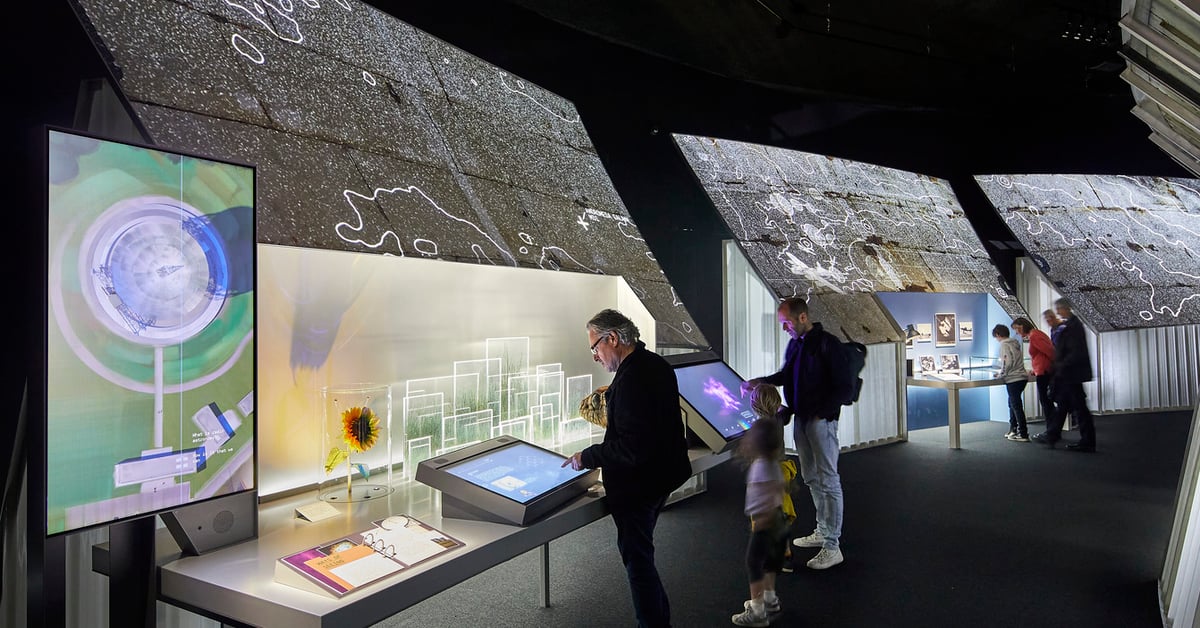
Collaboration was key to overcoming technical challenges
The major challenge was programming and commissioning the complex projection mapping solution. This required precise positioning of 17 projectors, complex configuration and integration of video servers, projectors and interactive exhibits, precise layering of projected content and sophisticated control systems.
Each interactive exhibit can trigger individual images or films onto the larger background projections, so the team had to carefully consider the impact of the orchestration and ensure that the show could work visually at all times.
Electrosonic initially worked with designers Casson Mann to design the technical aspects of the exhibition and then worked in partnership with fit-out contractors Realm Projects to deliver the audiovisual, physical network infrastructure and control system design, build and system integration for an exhibition space that brings Jodrell Bank’s vision to life.
In addition to engineering and integrating the complex projection mapping and soundscapes, Electrosonic was responsible for integrating the audio and the technologies for all digital exhibits, including fifteen interactive touchscreens, ten monitors, seven audio-only exhibits and multiple speakers for all exhibits.
Teresa Anderson, Director of Jodrell Bank Centre for Engagement, commented, “It is a project that has involved an incredible team of creative, skilled, and committed people, all of whom have put their hearts into it. The result is something really special and unique – there is nothing like it anywhere in the world – and it will stand at Jodrell Bank for generations to come, offering people of all ages a chance to be inspired by our place in the Universe.”
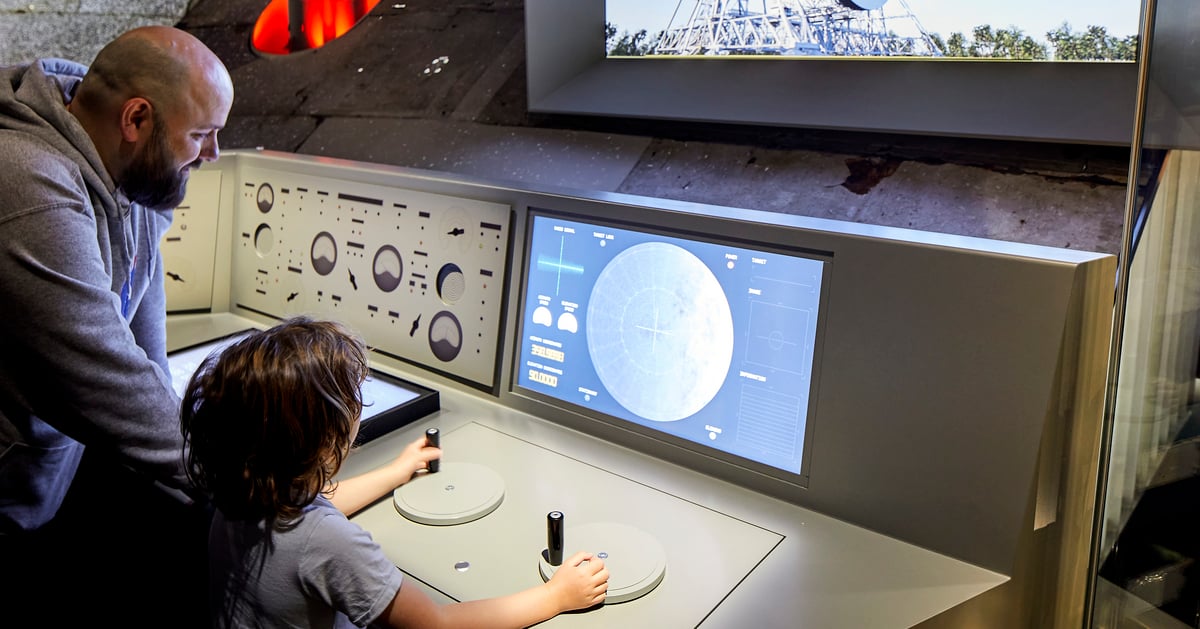
A team effort
The success of this remarkable project is due to the fantastic collaboration between the client Jodrell Bank, our partner Casson Mann and ISO and Squint Opera who provided the content, and the talented Electrosonic team of Ben Price, CAD Engineer, Ed Osborn, Principal Design Engineer, Paul Taylor, Senior Consultant, Rob Ferguson, Design Consultant, Thomas Smith, Project Manager, Ryan-Sam Marshall, Associate Engineer, Jasha Stacy, Senior Project Engineer and Vernon Basset, Lead Installer who helped bring the vision to life. Electrosonic is grateful to them all.
Finally, Electrosonic would like to say a big thank you to the judges and organizers of this prestigious industry accolade.
Victoria Cosgrave
Victoria Cosgrave, Field Marketing Manager, Enterprise at Electrosonic, has wide-ranging experience of technology within professional services, financial services, infrastructure, transport, pharmaceuticals and government. Her knowledge and experience enables her to write about the technological landscape and the issues facing clients with great insight.










.jpg?width=1500&height=995&name=ELC501_N17_medium%20(1).jpg)

.jpg?width=1940&height=500&name=ES_BlogBanner_How%20Ready%20is%20your%20technology%20project%20(1).jpg)


